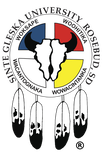|
Faculty Spotlight: Ned Day, Art Institute Written by Dan Seibel On any given summer's morning, you might find Ned Day standing over an eighteen-hundred-degree kiln pulling out a perfectly formed ceramic bowl alongside a young artist. A bit later, you might spot him on the choppy waters of Antelope lake in his kayak, taking in the views of Sinte Gleska's campus from a different angle. And in the evening, you just might run into him loading up two hundred individual pieces of an art installation into a U-Haul for an exhibit halfway across the country. No matter where you find him, he'll probably greet you with his trademark grin and nod, happy to share a moment of connection. Originally from Miller (near Kearney), Nebraska, Ned day found a new home at Sinte Gleska University in 2013 when he joined the faculty at the Great Plains Art Institute under the leadership of Maggie MacKichan. Ned brought with him to SGU a decade of experience in the field, including six years as an art director for Cabela's catalog, as well as years of experience in community art education. He built on his background in graphic design with a Master's in Fine Arts from Fort Hays University where he studied ceramics, sculpture, and art history with the hope of becoming an educator. "For me, Sinte Gleska was an opportunity to help students follow their artistic aspirations in an intimate environment while staying close to home," Ned explains. "I enjoy how it has become like a family and I get to be part of students' journeys as they progress." For nearly ten years he has been a steady presence in the lives of students and the campus community at SGU teaching classes, running art shows with Maggie, volunteering on committees, taking students on trips, and simply enjoying life on the prairie. When asked about the future, Ned shares his excitement about building in more offerings in traditional arts at the University and continuing to cover a wide variety of disciplines in the Art Institute. That and watching SGU art students return home with another pile of awards from the latest art show.
1 Comment
Maštiŋčala Čohwaŋjiča na Činčoge El Uŋpi Ehaŋna Lakh́ota Woyákapi: Wičaša waŋ tí ča el maštiŋčala eya wači ipi na maštiŋčala kiŋ wačipi na heyápi: Čiye, maštiŋ kokípápi najiŋ ye, eyápi ške. Čaŋke wičaša waŋ el wači ipi kiŋ hé hinápiŋ na héya ške: Misuŋ, taŋyaŋ el wači mayáhipelo ča makoče waŋ čičupi ča el yauŋpi kte lo. Heče čohwaŋjiča oju na č’iŋčoǵa kiŋ hé makoče kiŋ čičupi ča el yauŋpi kte lo. Eya ške. Eyé kiŋ héoŋ heče ča makoče el uŋnpi. Héoŋ lehaŋl čohwaŋjiča na čiŋčoǵe oju el maštiŋčala kiŋ uŋpi oŋ hečetu. Hehaŋyela Oihaŋke. The Rabbit They Live in Willows and Driftwood Once upon a time the Lakota related: There were some rabbits who went to dance at a man’s house; the rabbits danced, and they said this: “Big Brother, rabbits stand in fear, they said. And so, when they came to him, the man came out, and he said: “my little brothers, since it is well you came to me to dance, I shall give you a piece of land where you might live. In this place I give you, you will live in a willow patch and a land of dry driftwood. Because he said in this place, they lived there in the countryside. For that reason, it is well now for rabbits to live in patches of willow and dry driftwood. That is all, the end. On a note: a rabbits’ friendly habitat, appropriate environment for every creature, when in need of help, creatures seem to turn to man for a place of food and protection. 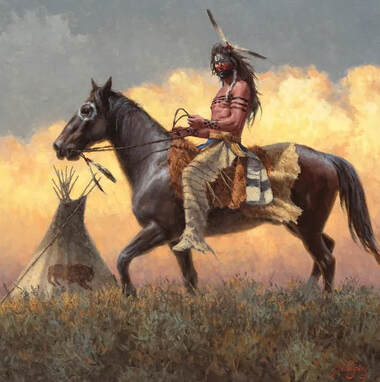 CaŋteT’iŋzá Wačipí Kiŋ Čantet’inzá Okólakičiye Ptelyela woyakapi. Ptaŋ’opi Wakpala el ewíčoti na hetaŋháŋ Oŋȟiŋȟiŋtḱa Wakpála el ewíčoti. Na waŋna Čaŋtet’inzá Oḱolakičiye waŋ kaǵapí ča el míčopi ča el wau. Mató Yamní hí. Hočokám tipi waŋ itičaǵapi na el ewičoti na ečoŋpi. Yunkaŋ toḱeyá oyate kiŋ atáya okśaŋ najiŋpi. Na waŋna Mato Yamni hínapa na iŋyan waŋ jaŋjaŋ ča – ča heoŋ aglágla waŋwičayaŋk aú na wikčemna iwíčaču na hená tokel tawáčiŋpi kiŋ wičayaotaŋ’inpí lená čatesútapi ča. Mato Yamni el letaŋhaŋ Čantet’inzá Okólakičiye ewičakíyapi kté lo, eya na, lena tohaŋl okičize waŋji el uŋpi na kúwa awičahiyúpi eśa napápi kte śni yelo, eya na, lena – ča yuhápi kte lo, eya, na wahúkeza tópa na waṕaha okijata nuŋpa na wagmúha tópa. Hečel wiḱčemna. Ho na waŋna tipi kiŋ iyúblah iyeyápi. Na waŋna čatkúta owaŋkiyápi waŋ haŋ ča hetaŋhaŋ itánuŋk enajiŋ. Na oyate kiŋ tipi tiyópa kiŋ na atáya iyúwaŋka iyéyapi na waŋwaŋyaŋkápi. Na waŋna wauŋčipi. Olówaŋ kiŋ le uŋ: “kola, túwa, nape či hé opá kté śni ye.” Na wagmúha k’oŋ héna kah́la wačipi. Na waŋna enáuŋkíyapi. Na waŋna Čaŋtet’iŋzá Okólakičiye k’oŋ héna zúya aya. Yuŋkaŋ oyate kiŋ wičota ob uŋyaŋpi, wičemna zaptaŋ sám śakpe uŋyaŋpi. Na waŋna Túki Wakpa kiŋ hel Kaŋǵi wičaśa kiŋ wičoti ča el waŋna hośiwičaglípi. Na waŋna ok’oyákel śkaŋpi. Na waŋna iglútaŋpi na nataŋ ay ana wičoti kiŋ el ehuŋni na waŋčag ouwičuŋtapi na lila – toŋa tóka tipi kiŋ ikíyela tóka waŋ kat’a yeyápi ča tokéya ewákte na hečena waŋna śuŋkawákaŋ kiŋ eyáya na ečel aké num wičawákte. Ehaŋl waŋna h́eyatákiya ukíya na, na waŋna kúwa uŋkaúpi kte kiŋ waŋna iyéhaŋtu ehaŋl Čaŋtet’iŋzá Itaŋčan k’oŋ he lečel eya: “waŋna eyaś heuŋhaŋtúpelo ča wakpála kiŋ elk ú po.” eya. Na waŋna kawíta ehaŋ na tóka k’oŋ waŋna najiŋ uŋyaŋpi na Čaŋtet’inzá Itaŋčan k’oŋ he líla lowaŋ. Na waŋna waṕaha k’oŋ he kič’uŋ na hečena iyáhaŋ ča ihákab iyauŋhaŋpi na tóka tipi etkíya uŋyanpi. Čaŋke líla uŋkúwapi na ečel waŋna wičoti kiŋ líla ikíyela uŋkh́uŋnipi. Čaŋke waŋna tí ih́peya napápi. Na hečena hočokaŋ uŋkiyáyapi. Na waŋna uŋkitáwośitku kiŋ líla ahíyu na wiuŋkíničapi na aké śuŋkawákaŋ kiŋ óta iwičačupi. Na hečena ukíya na wikúčiyela ye ehaŋl uŋkawíčayuśtaŋpi. Yuŋkaŋ Kaŋǵi wičaśa kiŋ wikčemna num aké yamŋi wičuŋktepi na taśuŋkepi kiŋ oḱiseya iwičuŋktepi na Čaŋtet’inzá opápi kiŋ héna tóna wičaópi záptaŋ na waŋjila ktepi, wagmúha yúha kiŋ toṕ na waṕaha uŋ kiŋ hé waŋji na hečel waṕaha yúha k’oŋ hé waŋji t’a. Hečel hečeča eśa – ukíya. Na waŋna aglihuŋni na hečena Čaŋtet’iŋzá Wačipi, h́tayétu ehaŋl. Ho le wičoh’aŋ kiŋ líla teh́ika na waŋna túkte waŋjila eśa okičize waŋji el uŋpi na tóhaŋl waŋna líla wičakúwapi ča na waŋna wahúkeza paslátapi na el najiŋwičayápi na ená wičaktepi. Hečel wičoh’an ečoŋpi. Ho hečel slolwáya na le wauŋ. The Strong Heart Dance The Strong Heart Society Word was abroad for a short time. On Wounded Otter Creek, they were encamped, and since then they camped on Rosebud Creek. And when they invited me to a Strong Heart Society that was fore, I became a member of it. This was the Three Bears (Group). A tipi was erected center camp, they stayed in it, and did their business. And at first, the people all stood around. Three Bears came out, so for that reason he came out front to see the people, he picked ten of them, they declared what their intention was, since they were strong of heart. Three Bears said, “from today on they will be called a Strong Heart Society, and when they are engaged in a fight, they should not flee, though they come being pursued, for these they will have: four lances, two double streamer warbonnets, and four rattles. Thus there were ten items. Well now, they raised the tipi walls. He stood in the space made for the honor place, and they stood form there on either side. The people pushed up the tipi door and the whole wall and were spectators. Now we went to dancing. This was the song: “friend, one who flees, do not join him.” They danced shaking these rattles. We quit. And the Strong Heart Society members went off to the warpath. We went along with a great many people, fifty-six of us going. They received word that there were Crow Indians camped on the Shell River. And they were engaged in making noise. So they went and dressed for an attack; and we all of a sudden fired on them when they reached the camp, and he was the first killed, when an enemy was struck dead very near a number of enemy tipis, and eventually they took along the horses, and so he killed twelve of the enemy. They then would return to the mountains; and if we should come in pursuit, now then the Strong Heart leader said: “now however, when we are there at that place, come back to the creek.” They stood together, and we withstood the enemy, and the Strong Heart leader sang loudly. He donned a warbonnet, and finally when he went up on a rise, we went up after him and went toward where the enemy lived. And so our pursuit was intense, and we reached the camp in close range. And they fled, abandoning their homes. And in the end, we went into center camp. Our auxiliaries came forward fast, cleaned up after us, and again many horses were taken. Finally, we came on home, and when it was already late afternoon, we finished with them. So we killed twenty-three Crow Indians and half their horses. Those who accompanied the Strong Hearts who were wounded numbered five, and one was killed; four rattle carriers and one wearing a warbonnet, and thus the one who had the warbonnet died. So though it was that way, they came on home. They arrived back, and finally the Strong Hearts did dance, when it was evening. Yes, this custom was very costly, and to whichever ones were in a dispute; and when they were given a hot pursuit, then a lance was driven in the ground, they made a stand, and there they were killed. So the custom was done. Now, that is the way the Strong Heart Dance. To this day, I am well off. 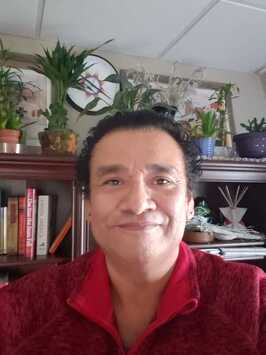 Every month, Royal Lost His Blanket will generously share a Lakota Story with us. Wopila Royal, thank you! Here you can read about Royal and HIS story. Hau, Mitakuyapi, TaSina WatanInsni Ezoza emaciyape yelo na TaCanhpi Luta lakol caje mikake nahan Mahpiya Luta Tiyospaye heceya matanhan nahan naku Ite Sica – Mato Sica Oyate ki matanhan na yotan Tokala Okolakiciye matanhan na Sicangu Lakota na Oglala Lakota hanke hemaciya nahan iyuha cante wasteya nape ciyuzape yelo. Hello Relatives, my name is Royal Lost His Blanket-Stone, Jr., I am from the Red Cloud Clan of the Bear Face Band, I am also of the Kit Fox Society, I am part Rosebud Sioux (Sicangu Lakota) and Oglala Sioux Lakota. I am an enrolled member of the Rosebud Sioux Tribe / Sicangu Lakota Nation. My parents are the late Itancan Roy Stone, Sr. and Diana R. (Short Bull) Stone. With a good heart, I shake all your hands. I currently reside in rural Parmelee, South Dakota i.e. Wososo O`tunwahe on the Rosebud Sioux Indian Reservation. I graduated high school from the Crow Creek Reservation High School (Stephan Indian Catholic Mission/School), Stephan, South Dakota on the Crow Creek Indian Reservation home of the Hunkapti Dakota Oyate. I attended the Oglala Lakota College, Kyle, South Dakota from August 2010 to December 2013. I have obtained two (2) Associate of Arts degrees in Business Administration and Lakota Studies graduating in June 2012. During this time, I also started working on my Bachelor of Science in Business Administration, but decided to transfer to Southern New Hampshire University, Manchester, NH. I graduated from SNHU in May 2016 with a Bachelor of Science in Business Administration. I also graduated from the University of Minnesota (Duluth) with an MTAG - Masters in Tribal Administration and Governance on May 8, 2021; and will continue on with my educational endeavours to work on a Ed.D - Doctor of Education at the University of Nebraska-Lincoln at the present time. When I set my goals, I always to do my best to achieve them. I have come this far in my educational goals and I continue to move forward, if there is something I do not know, I can learn and develop within my profession. I am currently the Chairperson/Director of the Lakota Studies Department at Sinte Gleska University, Mission, SD. Wopila (Thank You) Royal Lost His Blanket-Stone Jr Itáŋčáŋyáŋkél Wóítáŋčáŋ Sicangu/Oglala Lakota 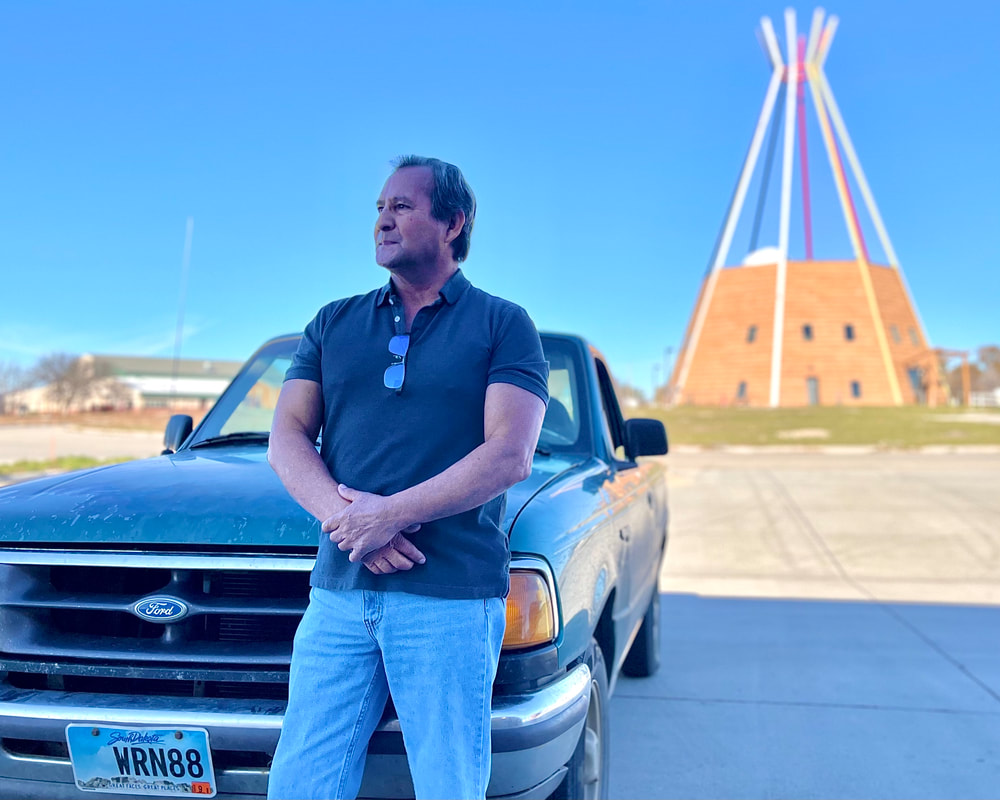 FACULTY SPOTLIGHT Dwayne Stenstrom Sr. stands in front of a full classroom as the late afternoon light fades to dusk. He begins to tell a fable of an eagle egg that was found by a farmer and placed in a chicken coop to be raised by hens. As the eaglet grows, he begins to realize he's different from the others, but he comes back to the coop each night. Dressed in pressed jeans, an untucked polo shirt, and tennis shoes, Dwayne's approachable style has students leaning in as he shares the story of his life - a story that is at the same time profoundly sad and profoundly hopeful. Perhaps more importantly, it's a story that is profoundly impactful, resonating with the room full of future counselors, caseworkers, and community leaders. Dwayne shares how he spent most of the first years of his life at his grandfather's house on the Winnebago Reservation in eastern Nebraska. He was a man who's life was so full and, as Dwayne describes it, "could have been made into an excellent book." For eight years his life was filled with family, stories, wisdom, and happiness. “Never forget where you come from,” his mom would tell him. Little did he know how important that phrase would become in his life. Then came the day that changed everything. A woman from the government showed up to his school dorm one day. Armed with the full authority of the federal law (and a vague justification about his home not being suitable), they quickly carried little Dwayne from the only place he'd ever known to a white foster home hundreds of miles away. The next twelve years were a whirlwind of new families, new houses, and a new way of living - all while hoping for that van to return to take him home. After graduating high school, he battled the intense grief that comes with the realization of the loss of childhood, culture, and family. In the midst of this grief, Dwayne describes how he found himself on the campus of Sinte Gleska College (now Sinte Gleska University), feeling like he had arrived a home-away-from-home. Learning from elders and scholars, Dwayne began unraveling the policies, powers, and history that ripped him away from his family. As a Human Studies major, he began to process his life in a new way and reclaim the power stolen from him as a kid. Dwayne settled in the sprawling, pine-dotted hills of western Rosebud in the traditional community of Old Ring Thunder. He married a Lakota woman, became a father, grandfather, and great grandfather. The wounds of the "Termination Era" of federal policy (also known as the "Adoption Era") will always be a part of his story, Dwayne says. He reflects, "I've had to rebuild a life for myself with limited connection to my family back home because when I was finally able to understand what happened and make decisions for myself, years had passed between us." For four decades, Dwayne has been a constant reminder to the Sinte Gleska community of what's possible for Indigenous students. Through his work over the years as a community educator, bookmobile driver, adjunct professor, student counselor, retention specialist (and more), his story has reverberated with thousands of students. In the fall of 2021, he accepted an offer to move into a full-time faculty position with the same Human Services Department where he began his higher-education journey years ago. "SGU has always written its own blueprint for education, and that's important." Dwayne tells me. "The people and the curriculum here helped me look at things from a different perspective; to expand on the anger I had from my childhood - being taken and isolated from my family - and turn it into understanding. I think students in my classes have always seen something they could connect with in my stories. It makes the policies, history, and counseling practices come alive." Back in his evening class, in his polo shirt and pressed jeans, he shares, “That little eagle believed it was a chicken and acted like a chicken because it was surrounded by chickens. One day, that eagle saw birds flying high overhead and felt something calling him. So he climbed to the top of a hill and leapt off with wings spread. He found himself soaring. And, at that moment, he realized he was no chicken. He was an eagle." Dwayne pauses and takes a deep breath as if it's all hitting him again for the first time. "I'm here to tell you today I was that little eagle - this is also my story. And that hill, for me, was this place, Sinte Gleska University." Looking back on the winding road behind him and the untraveled road ahead, Dwayne continues to find meaning in his story. "My grandfather and mother always told me, 'Never forget where you come from.' I know now they weren't just talking about home, they were talking about life experience." Welcome aboard, Dwayne. We're lucky to have you - your humor, experiences, and wisdom - on our faculty. Submitted by Dan Seibel, Academic Dean Sinte Gleska University Tiwahe Glu Kini Pi (TGKP) “Bringing the Family Back to Life” Children’s Mental Health Center held their annual Teen Horse Handler Training Camp, June 7th through June 10th, 2021 at the SGU Horse Ranch. Five local teens, along with Ranch and Program staff participated along with three visitors, Dr.Joy Ruiz-Molleston, Dr. Lisa Ruiz and Dr. Glenn Ruiz from Moscati Meadows treatment center in the Philippines. Moscati Meadows plans to incorporate equine therapy into their drug and alcohol treatment center. They attended the training to learn more about the TGKP program and equine therapy. Horses are not common in the Philippines and their treatment center will be the first to offer equine assisted therapy. Ron Frederick from SDSU extension presented information on the care, safety, and behavior of horses as well as horse anatomy, horse handling and first aid. This information laid a foundation of knowledge for the horse handlers in training. Participants also learned and practiced grooming, how to halter and bridle a horse and how to put on riding pads. TGKP Therapists offered basic information on mental health issues and familiarized participants with issues children often deal with in equine therapy. Next, the handlers took part in a team building exercise, putting up a Tipi. While doing so, they learned about traditional family behaviors and values. Participants also rode horses each day and learned to tether other horses as they will do this while working with upcoming children’s horse camps. Later in the day, Justin Baker of TGKP, provided some training on recovery from addictions via zoom for our visitors from his hospital bed in Rapid City where he is recovering from an accident. On the last day of the camp handlers competed in the “Horse Handler Olympics.” This was a timed event to showcase the skills they learned during the week, such as unloading bags of feed, pounding in a metal fence post, and bridling a horse. The 5 youth horse handlers completed their training, received certificates and will assist staff during the upcoming summer horse camps. The camp ended with a cookout attended by participants and their families. It was a great week! |
Strengthening the Circle :
|
- About
- Quick Links
- News
- Governance
- Discover SGU
-
Student Life
- Facts and Figures
- Online Learning Support
- New Student Info/Registration
- Research Review Board >
- 2023 Graduation Ceremony
- 2023 Graduate Photos
- Student Association
- Literacy Center
- Disability Services
- Counseling Services
- Child Care
- Transportation
- Security
- Bookstore
- Library
- Web Mail
- What You Can Do At SGU
- Poll
- Student Opportunities
- After Graduation
-
Departments
- Staff
- Giving
- Board Minutes
Mailing Address: Po Box 105/Mission, SD/57555
Shipping Address: 101 Antelope Lake Circle/Mission,SD/57555
605-856-8100
Shipping Address: 101 Antelope Lake Circle/Mission,SD/57555
605-856-8100
Accreditation and Sinte Gleska University – A Short History
Sinte Gleska University has been accredited by the Higher Learning Commission (HLC – formerly the North Central Association) since 1983. Because SGU is accredited, colleges and universities across the United States will review courses that students take at SGU and will consider them for transfer.
For more information, and to see the most recent correspondence from HLC to SGU, click on the HLC logo
Sinte Gleska University has been accredited by the Higher Learning Commission (HLC – formerly the North Central Association) since 1983. Because SGU is accredited, colleges and universities across the United States will review courses that students take at SGU and will consider them for transfer.
For more information, and to see the most recent correspondence from HLC to SGU, click on the HLC logo
All Media on this site ©2023 Sinte Gleska University.
Do not use without permission. Sinte Gleska University and the Sinte Gleska University Logo are Protected and Registered Trademarks.
Not to be used without permission.See HERE for legal information
Do not use without permission. Sinte Gleska University and the Sinte Gleska University Logo are Protected and Registered Trademarks.
Not to be used without permission.See HERE for legal information

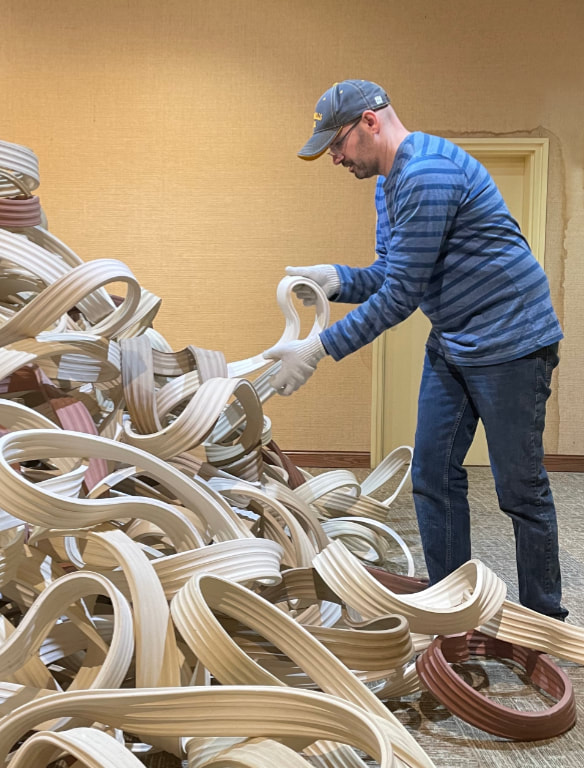
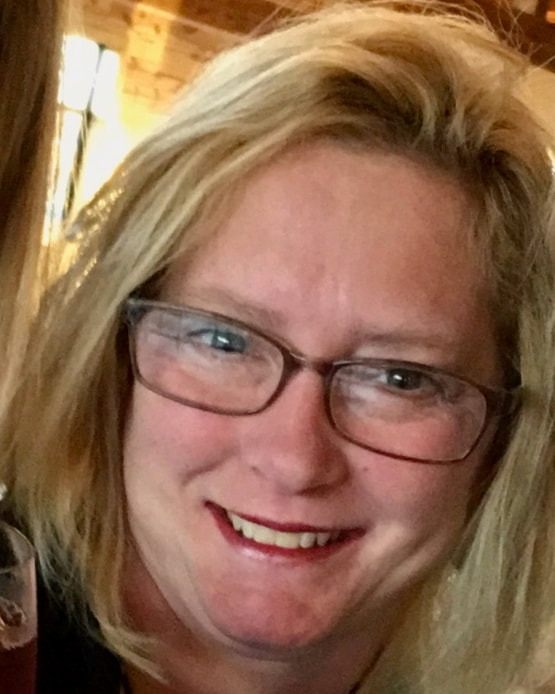
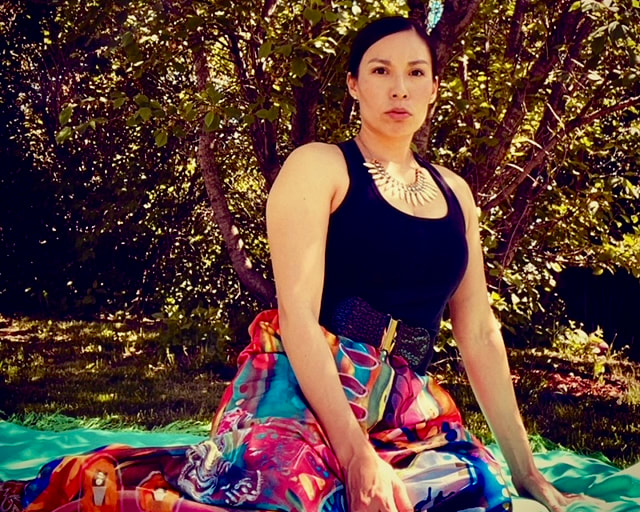
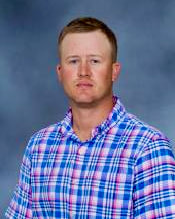
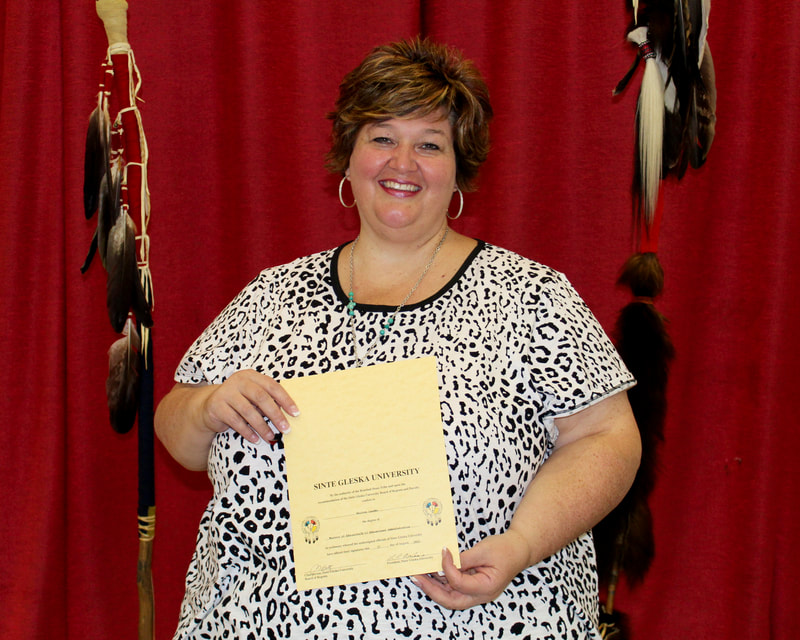
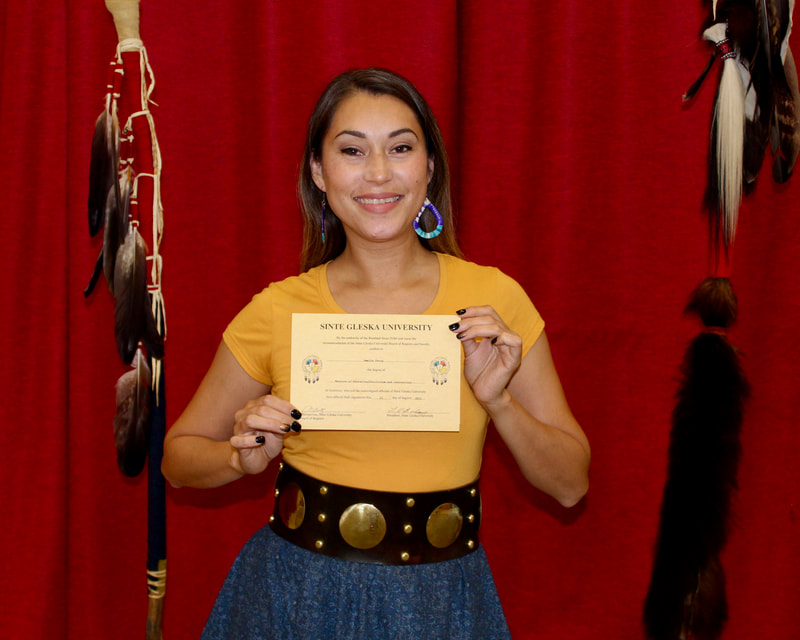
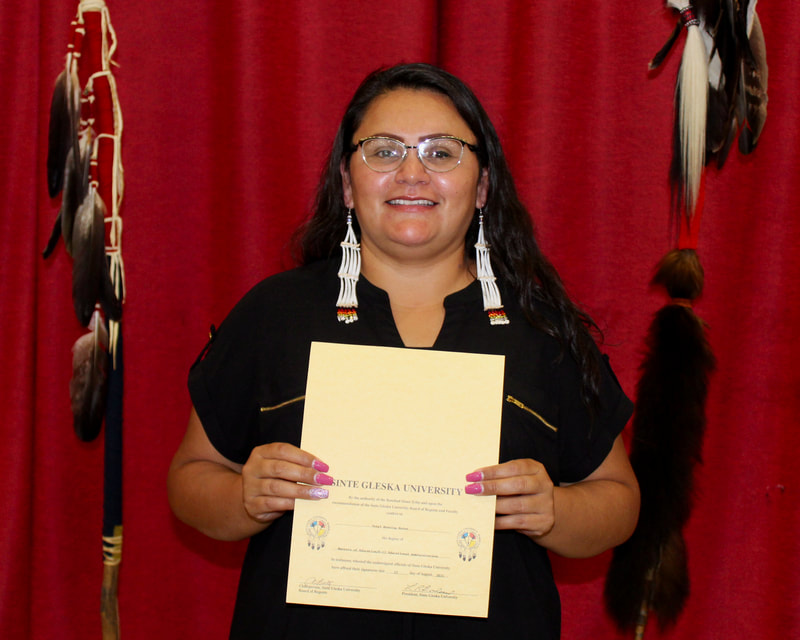
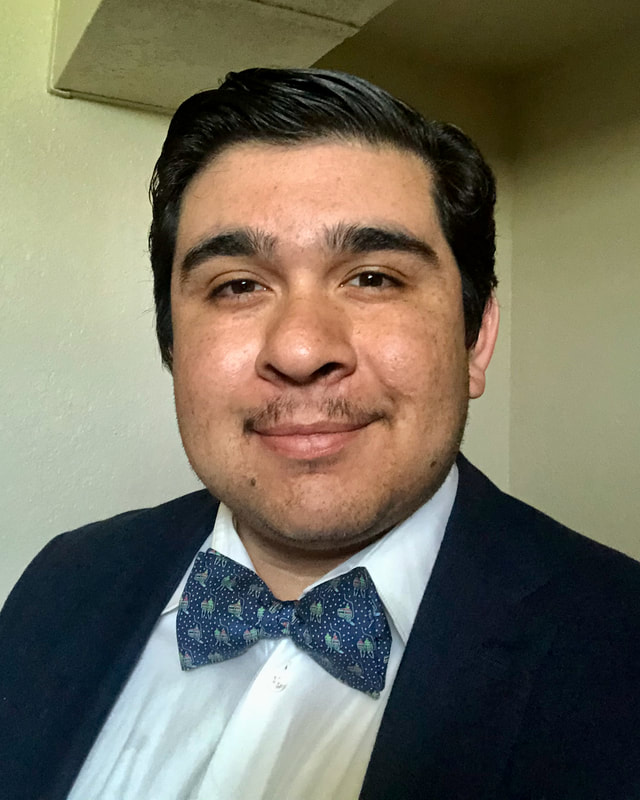
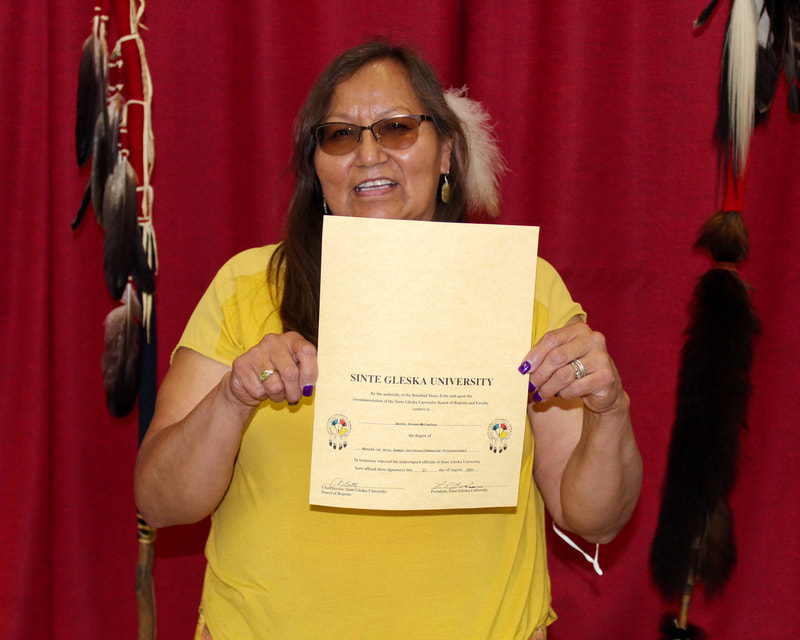
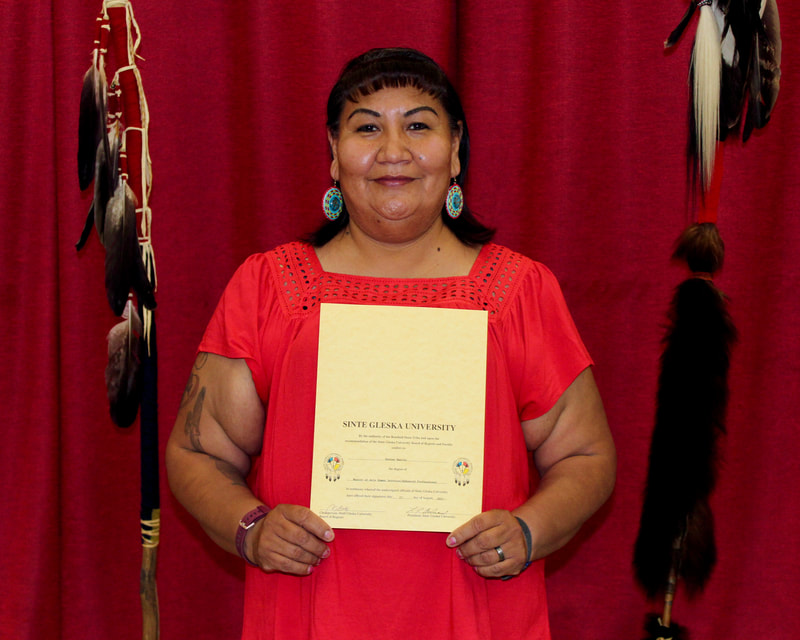
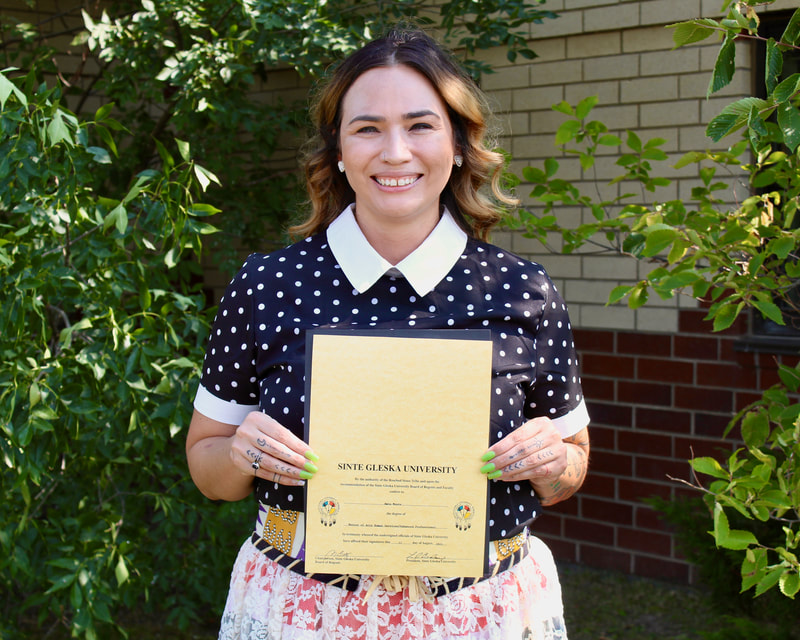
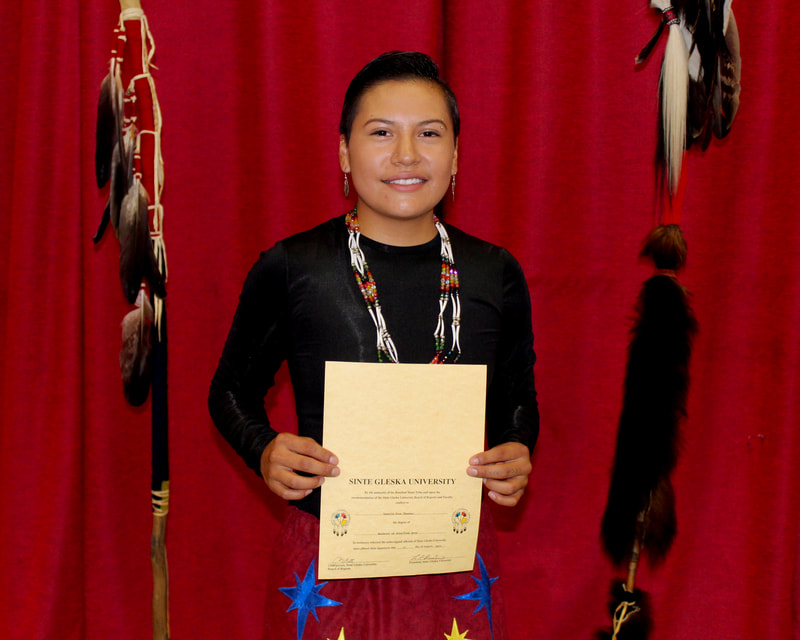
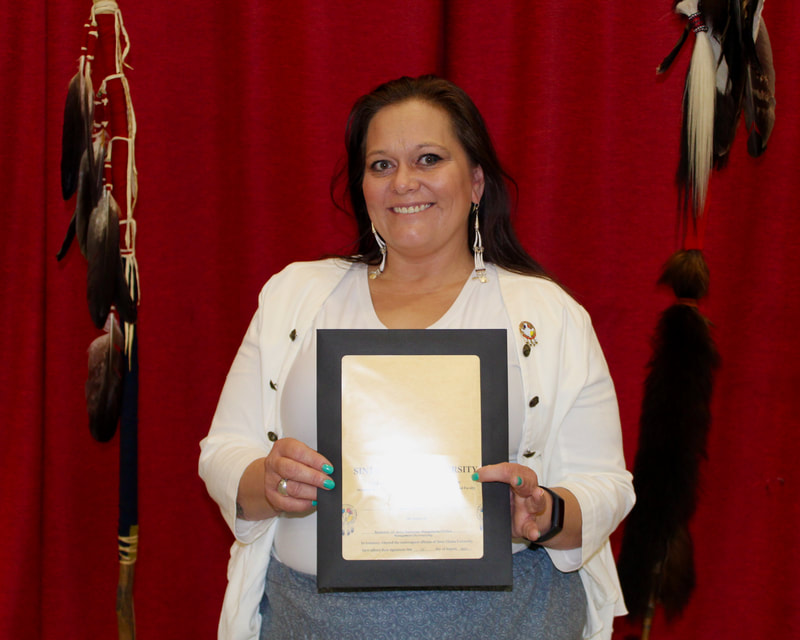
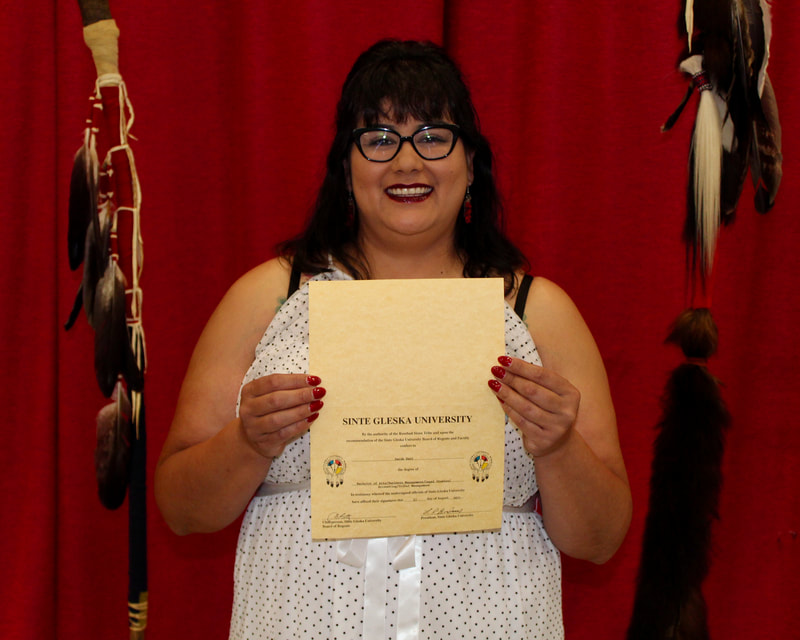
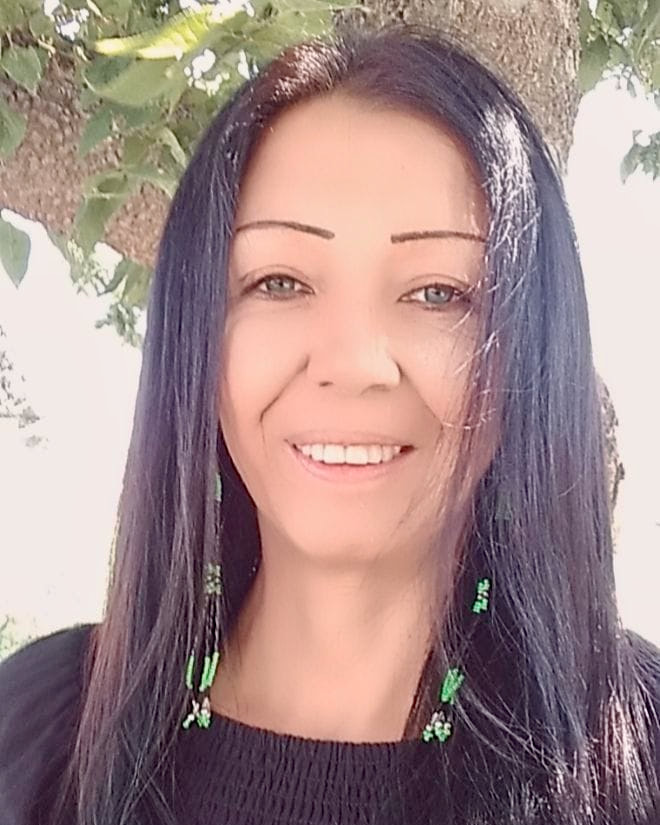
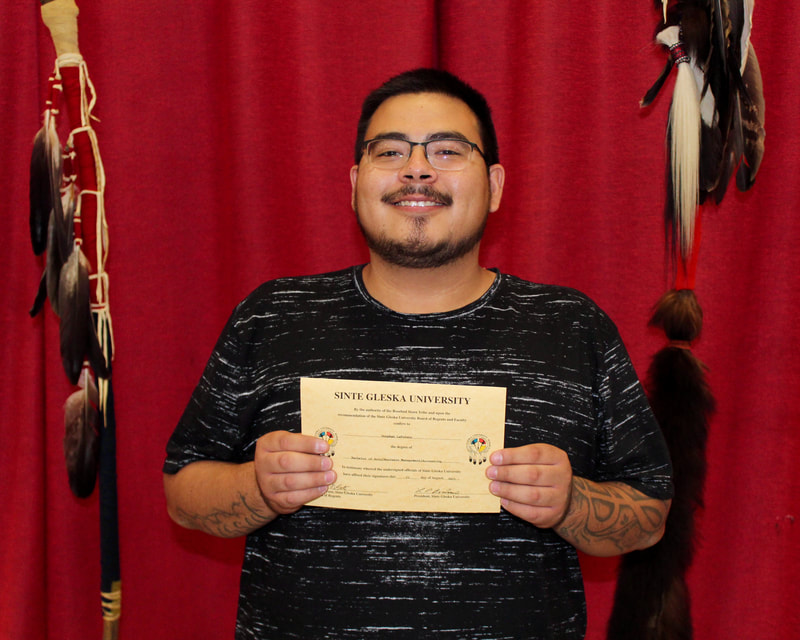
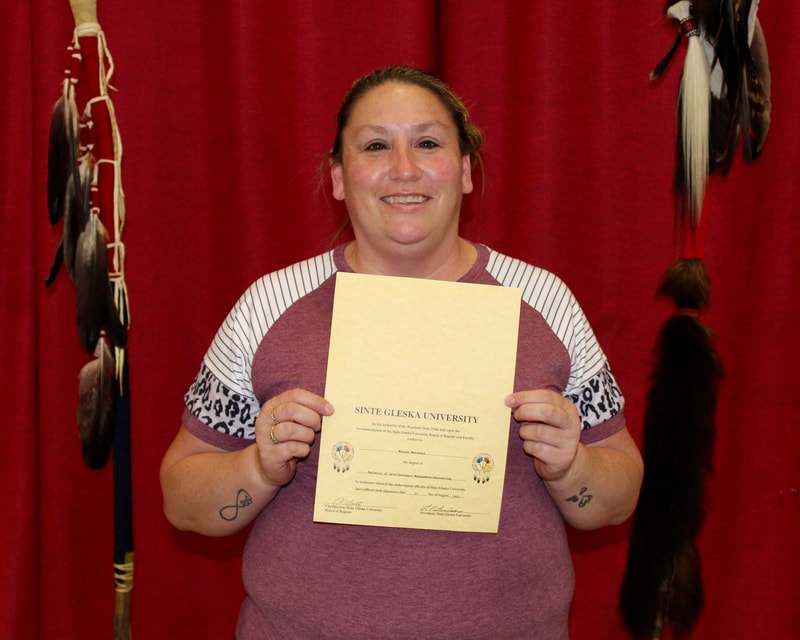
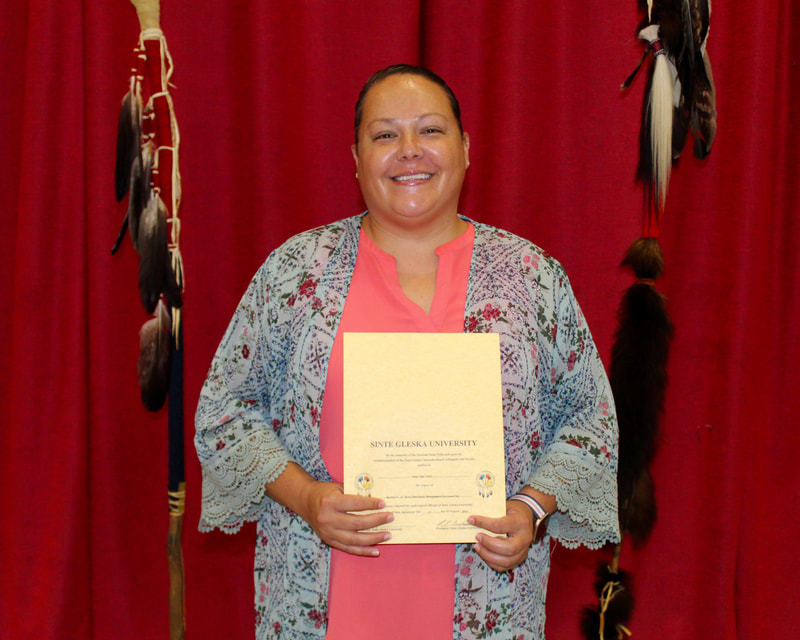
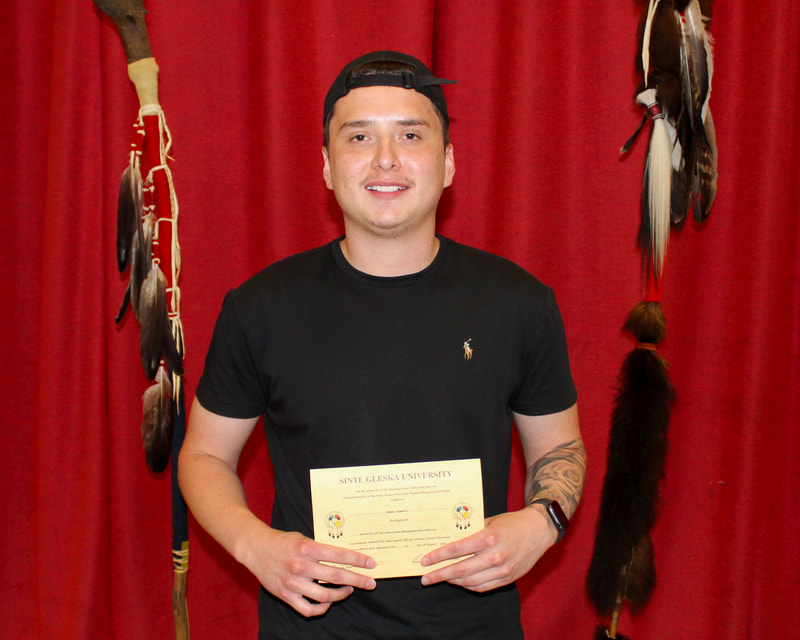
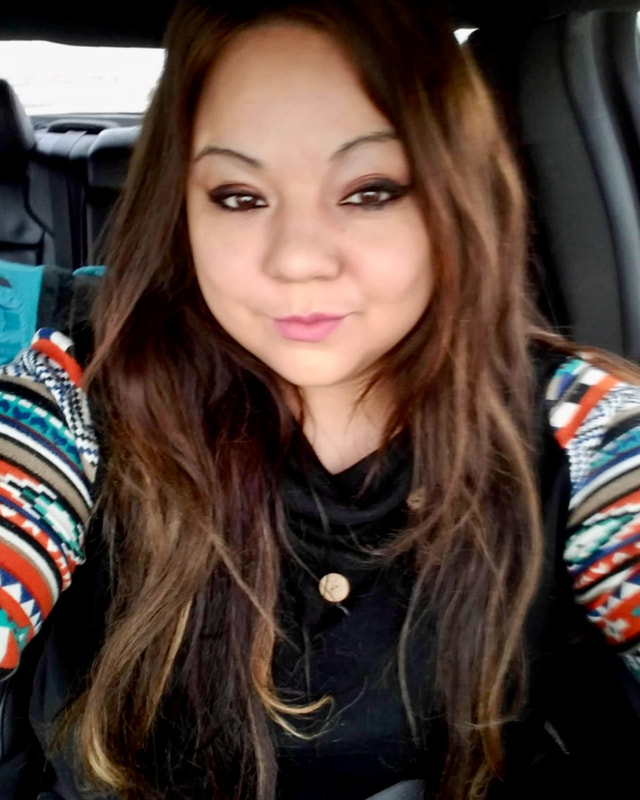
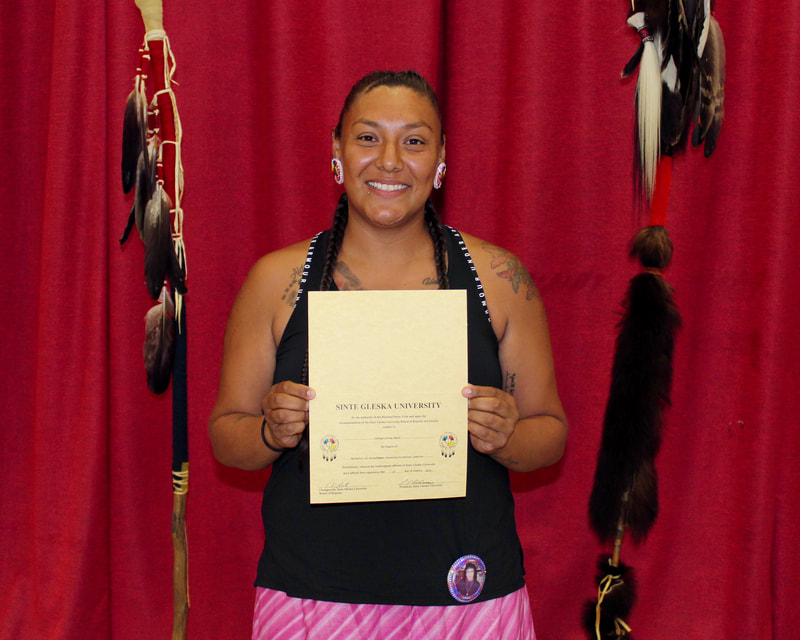
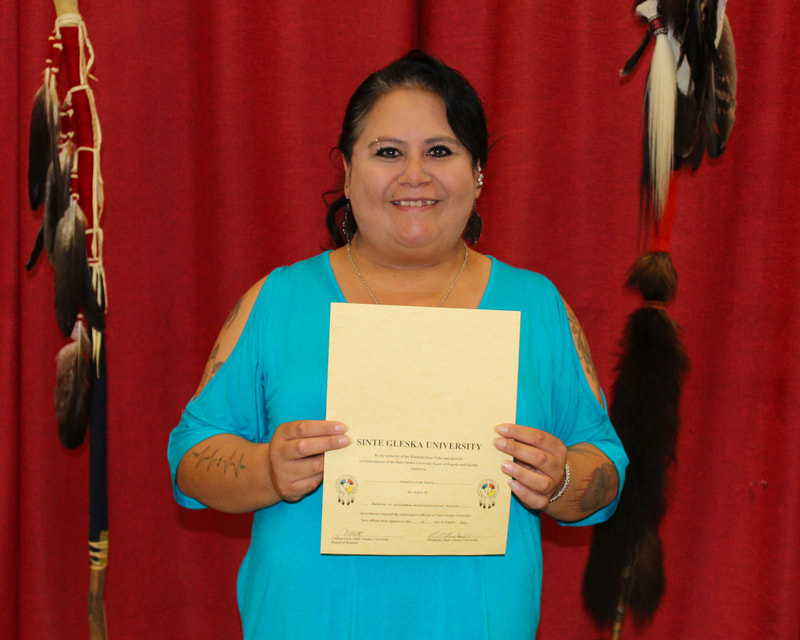
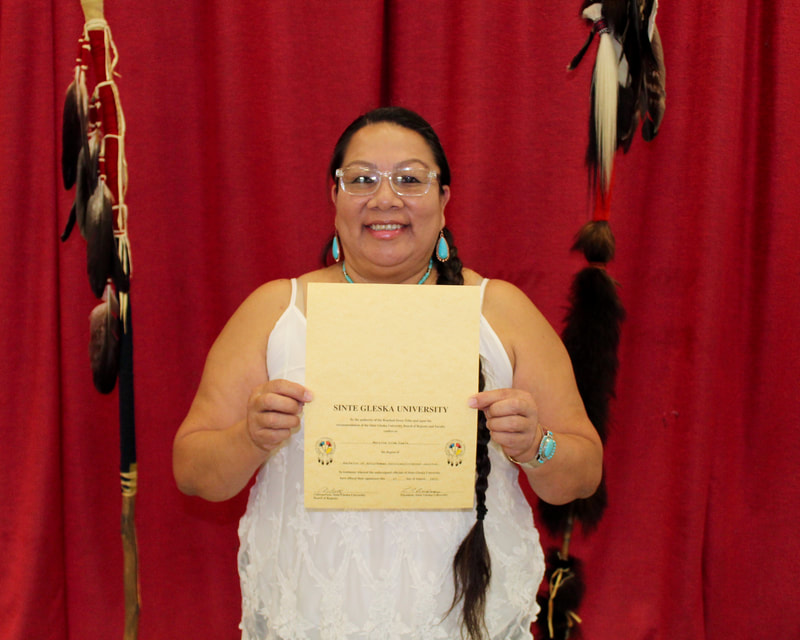

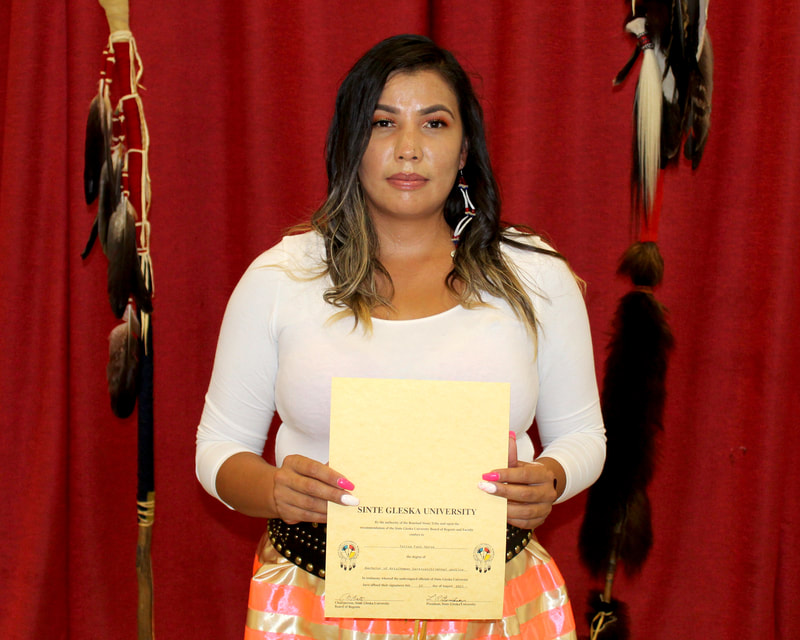
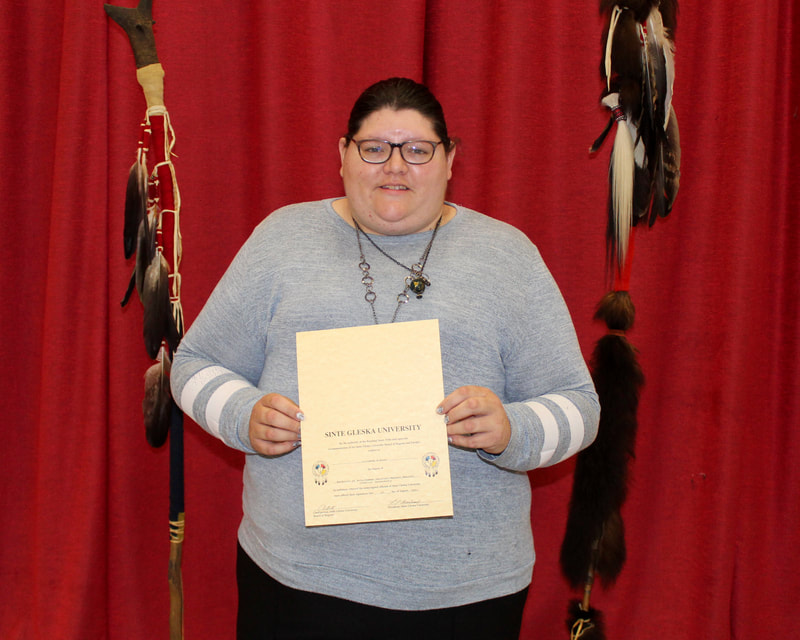
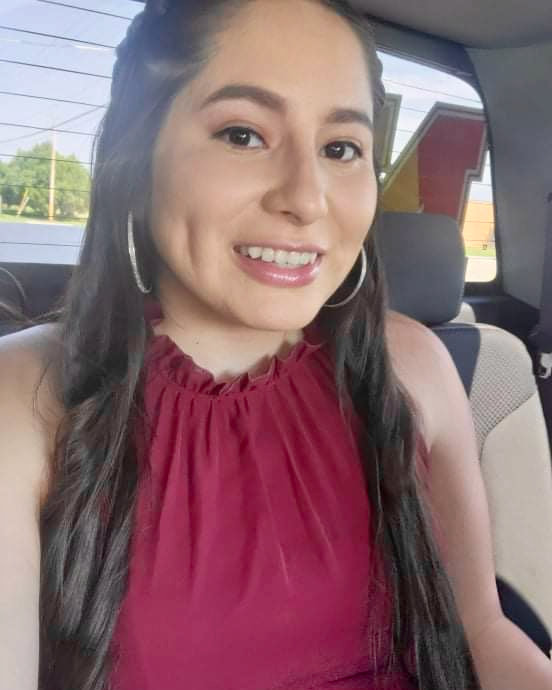
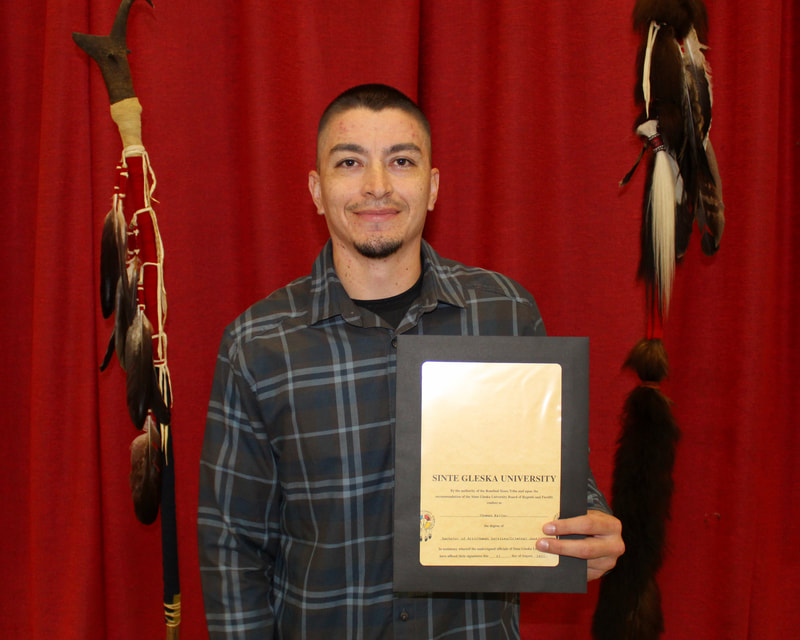
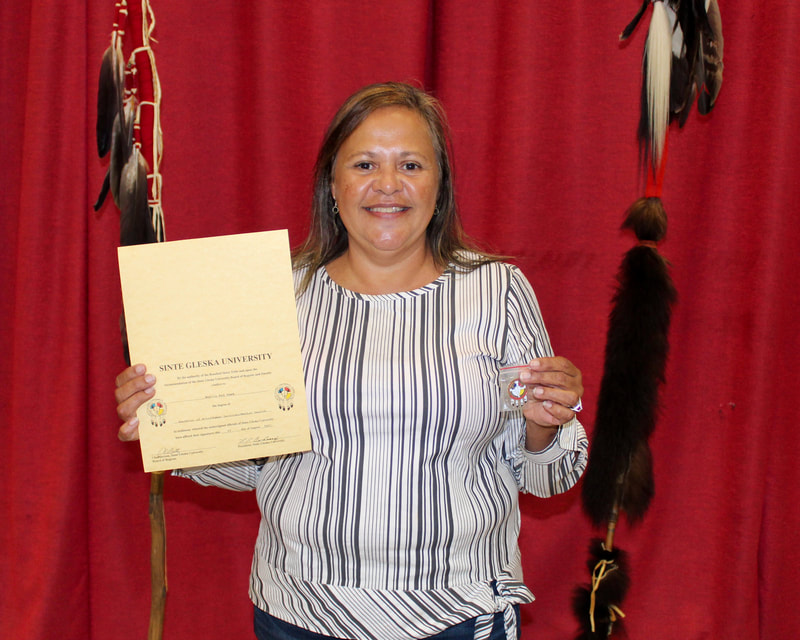
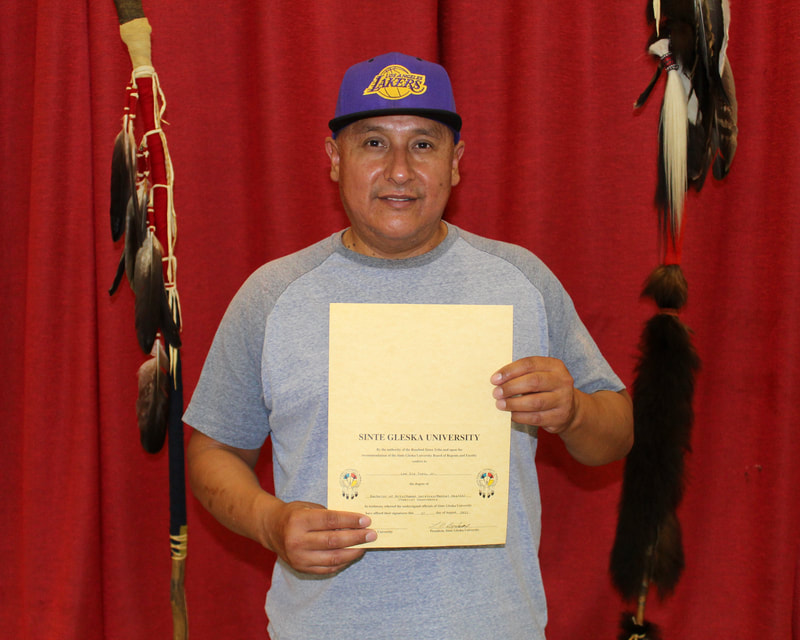
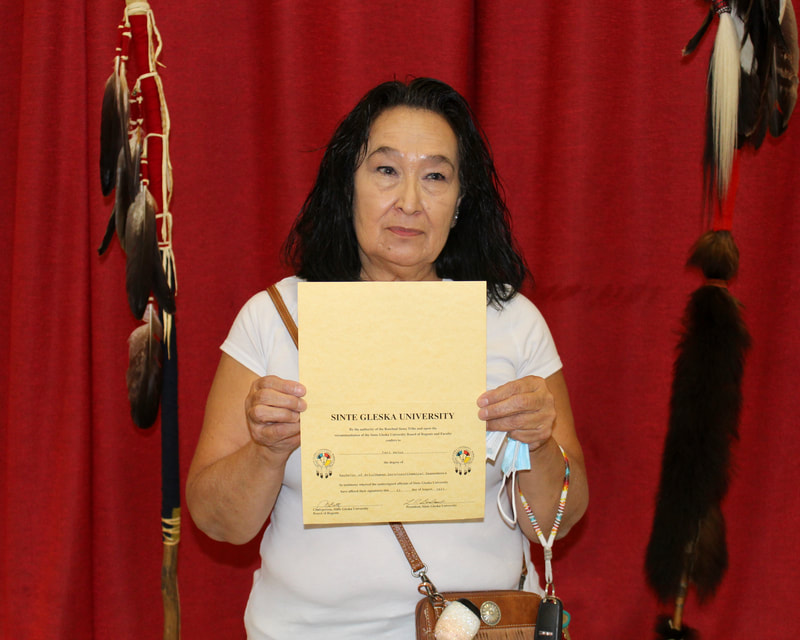
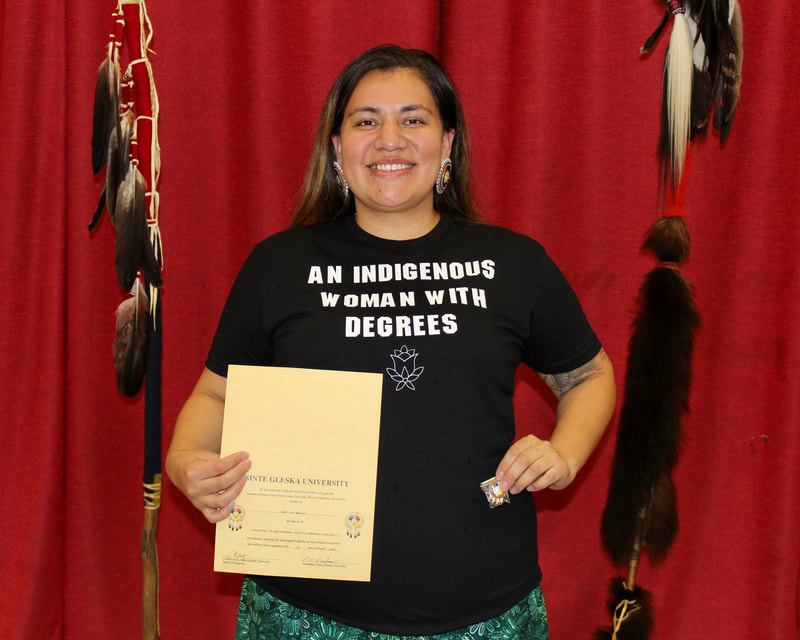
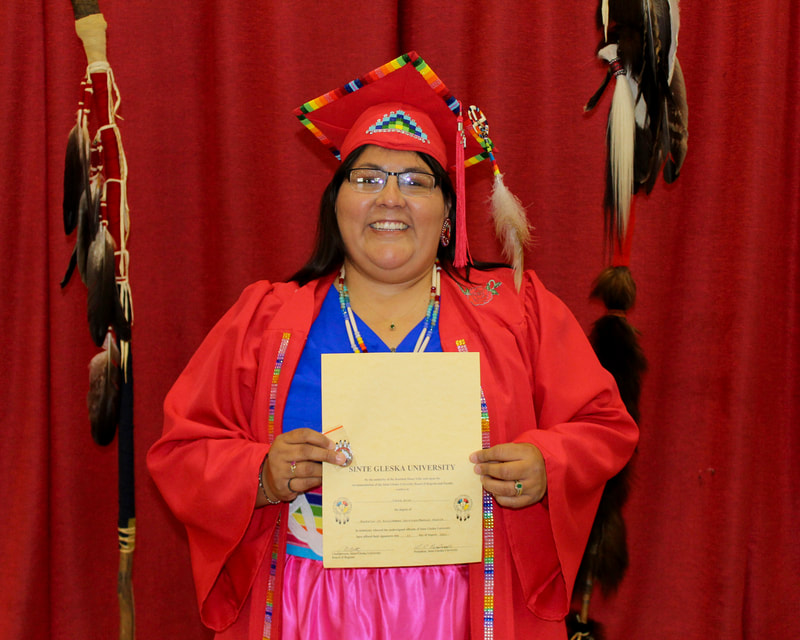
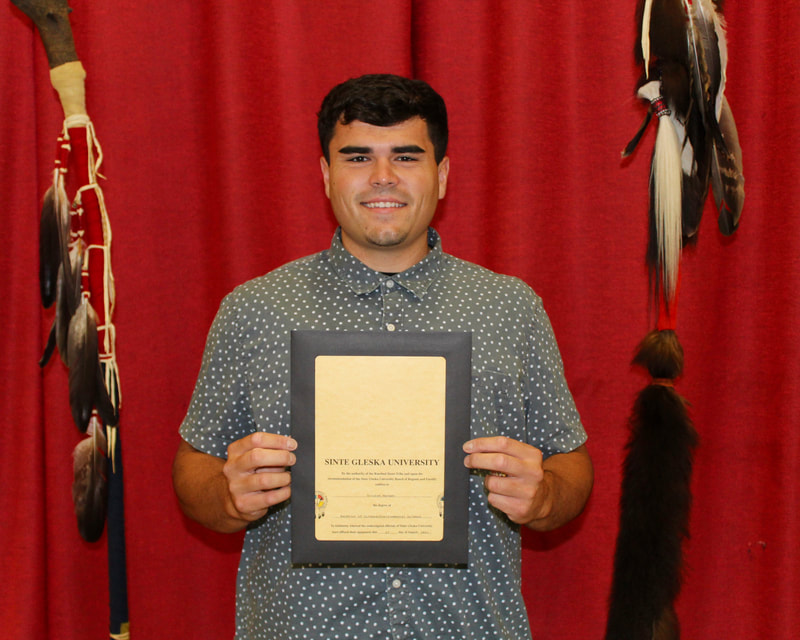
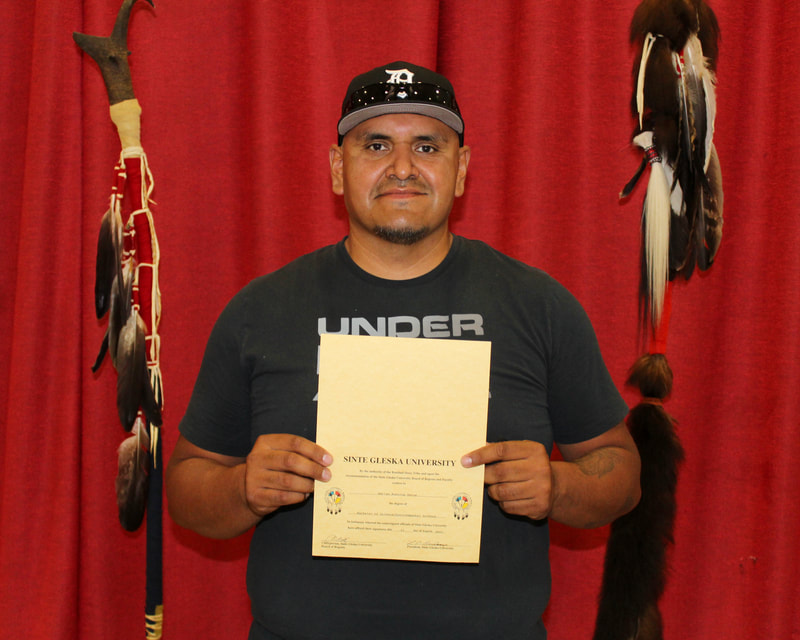
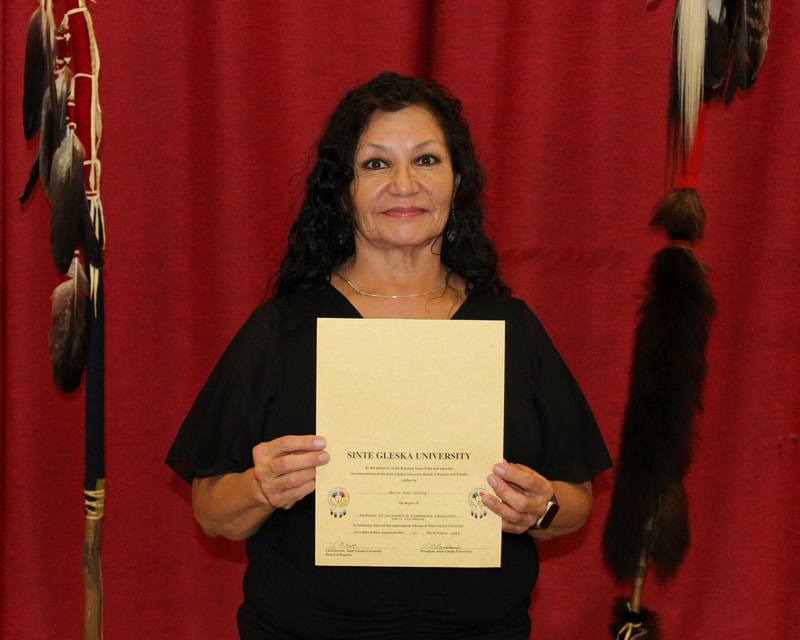
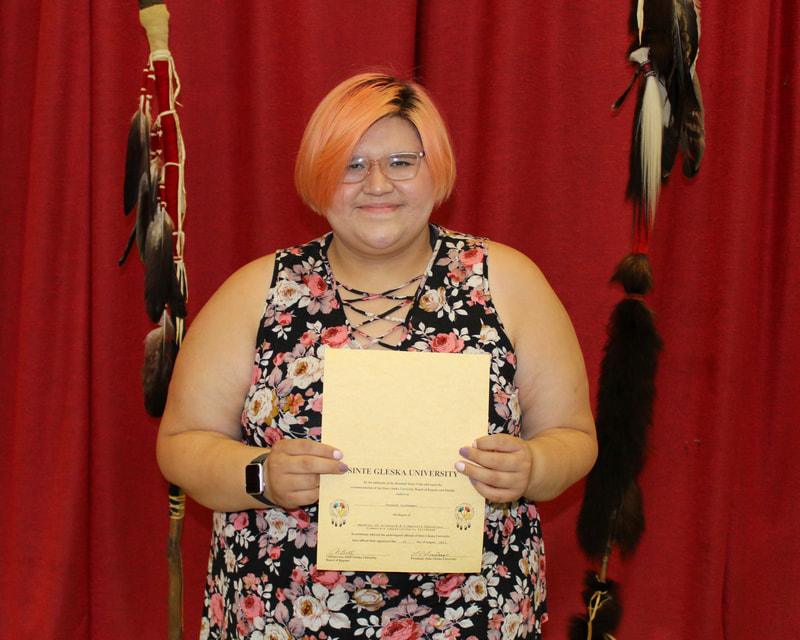
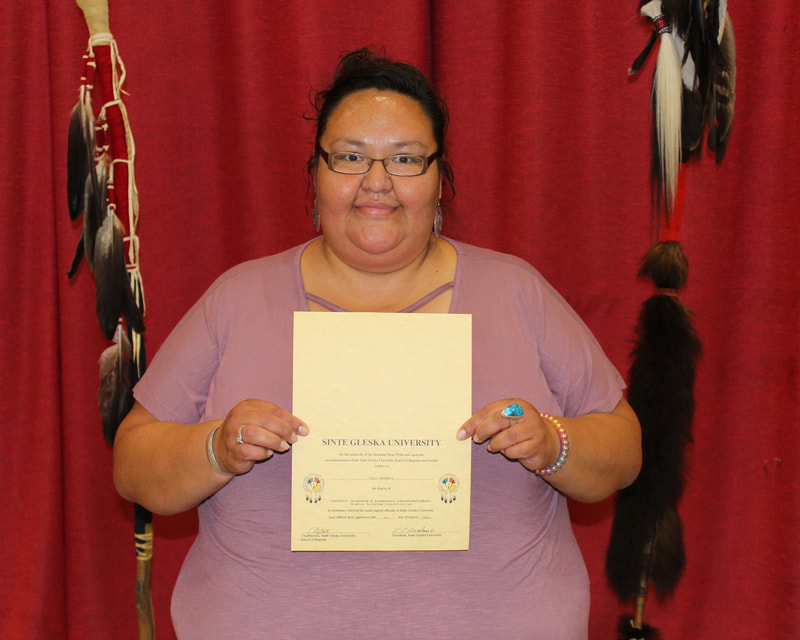
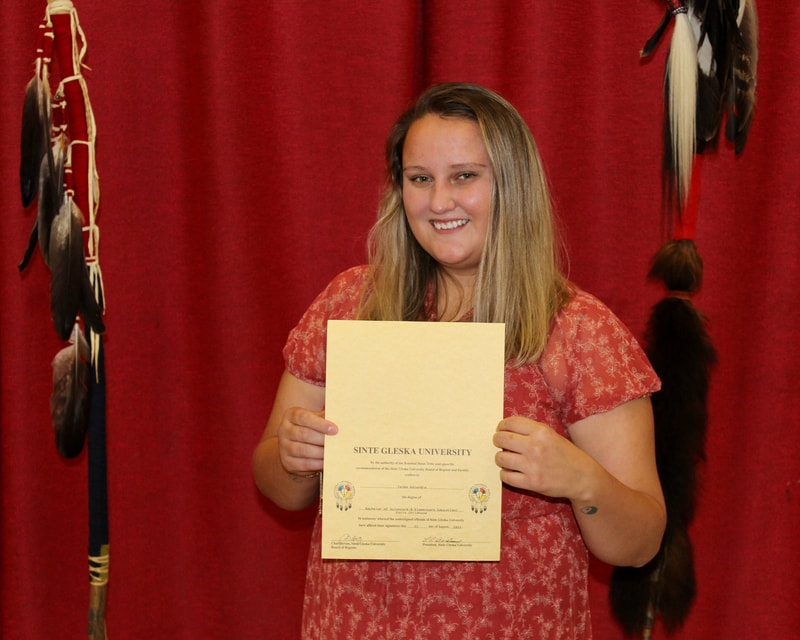
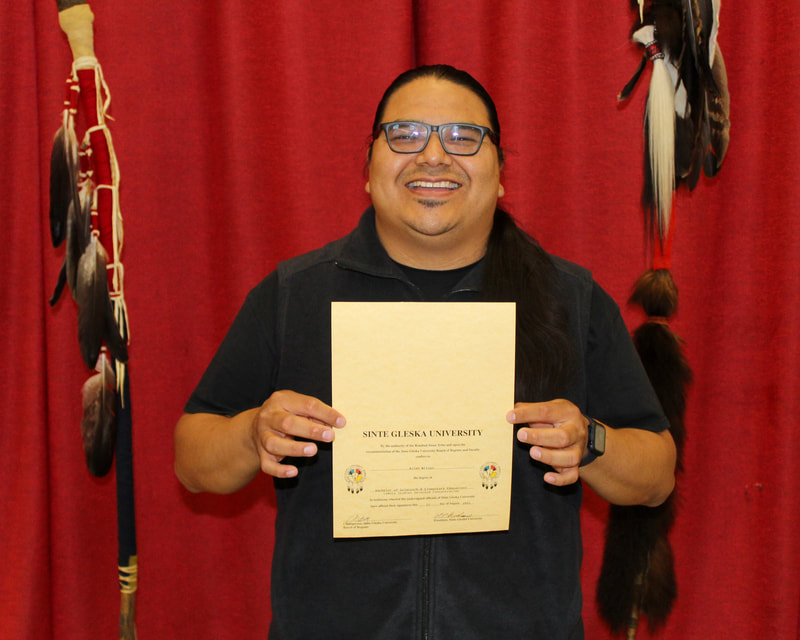
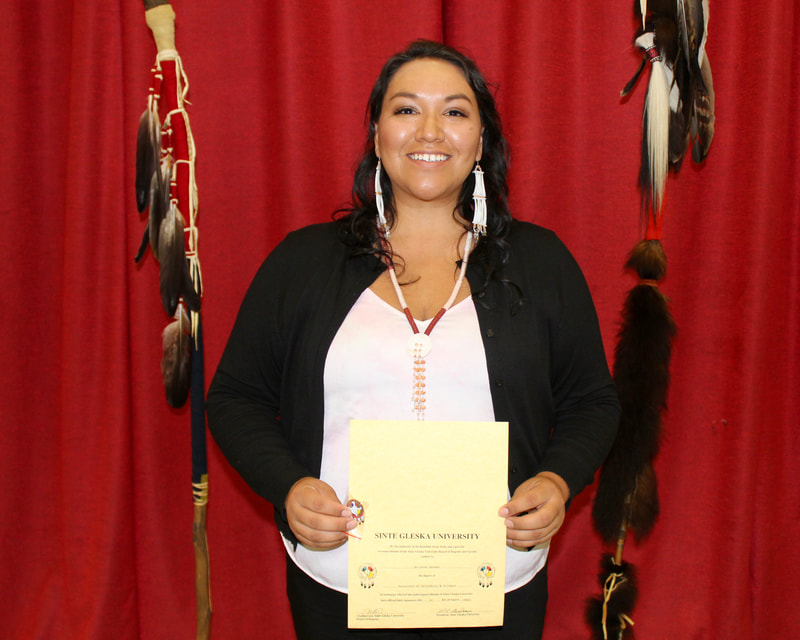
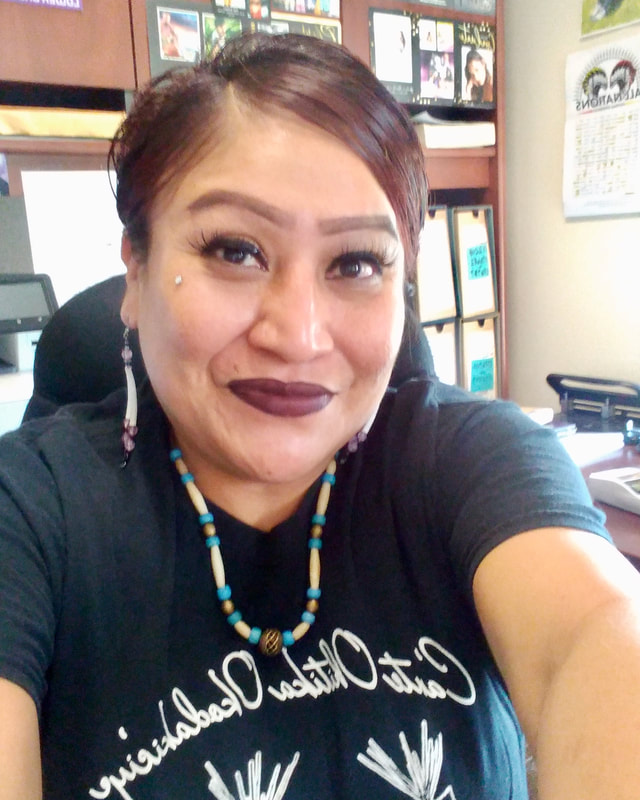
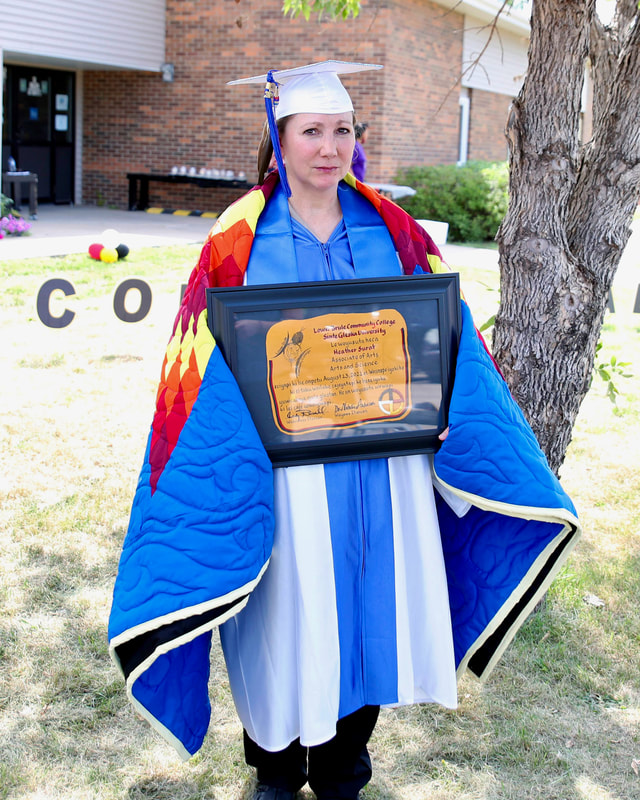
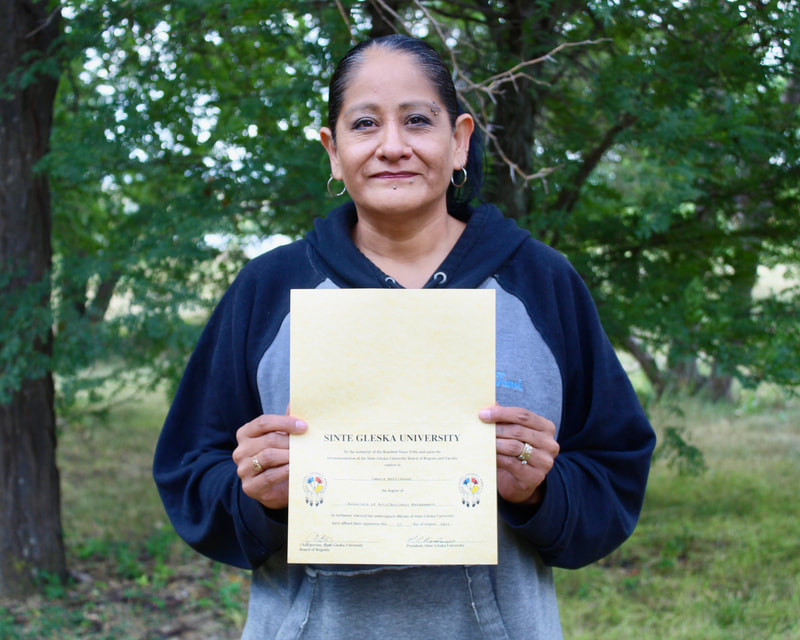
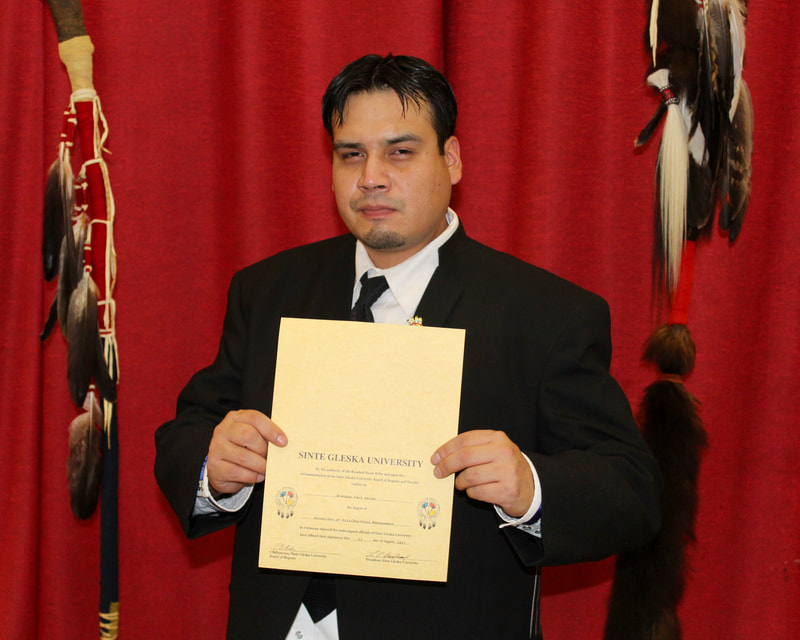
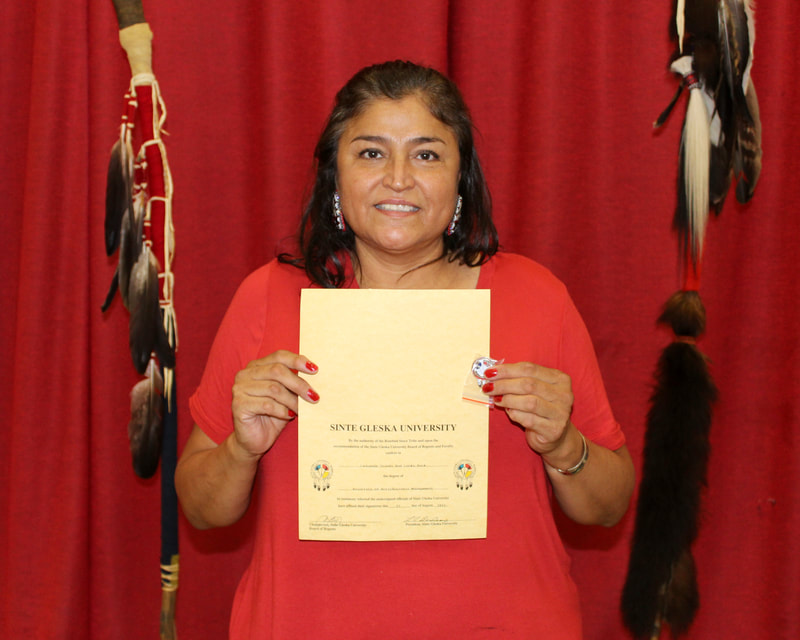
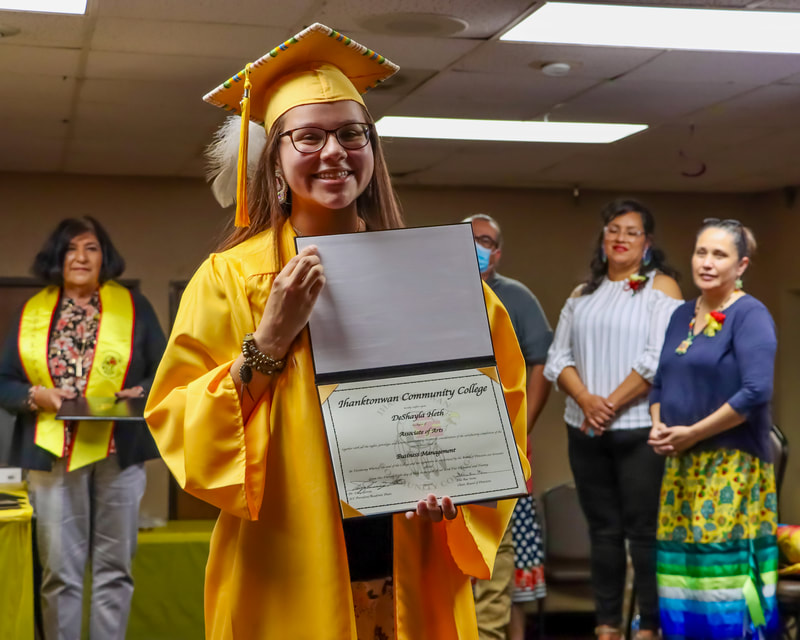
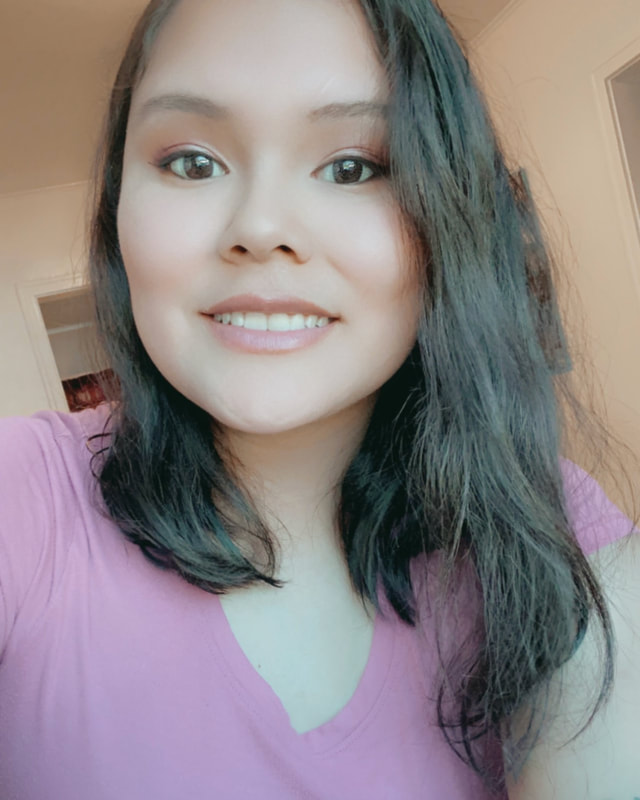
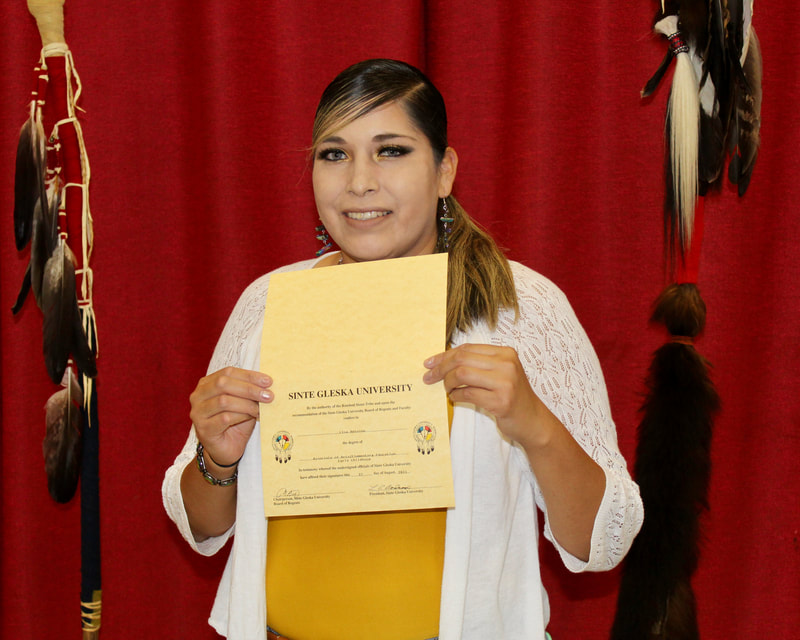
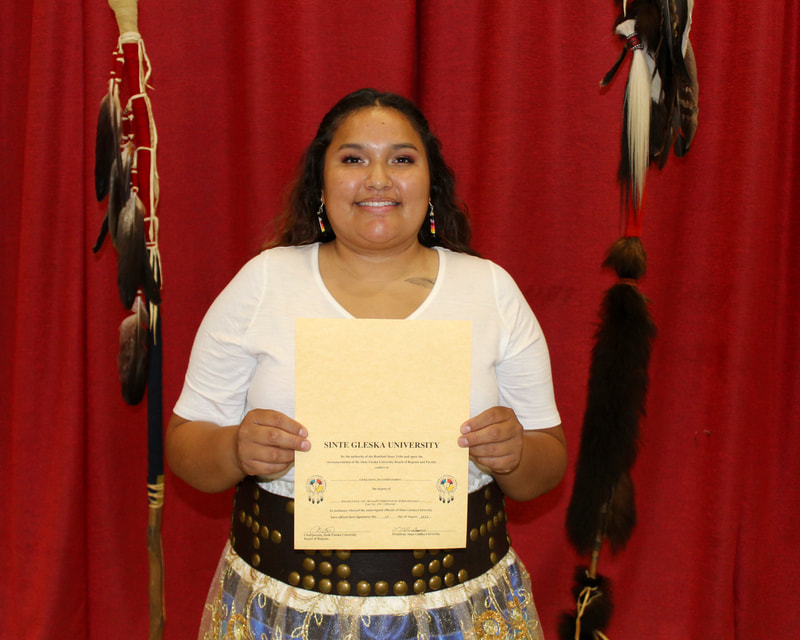
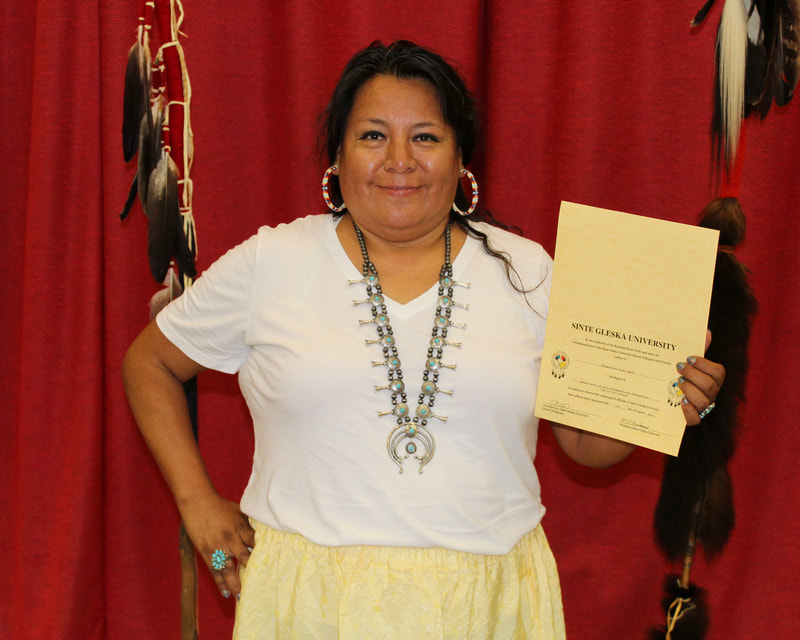
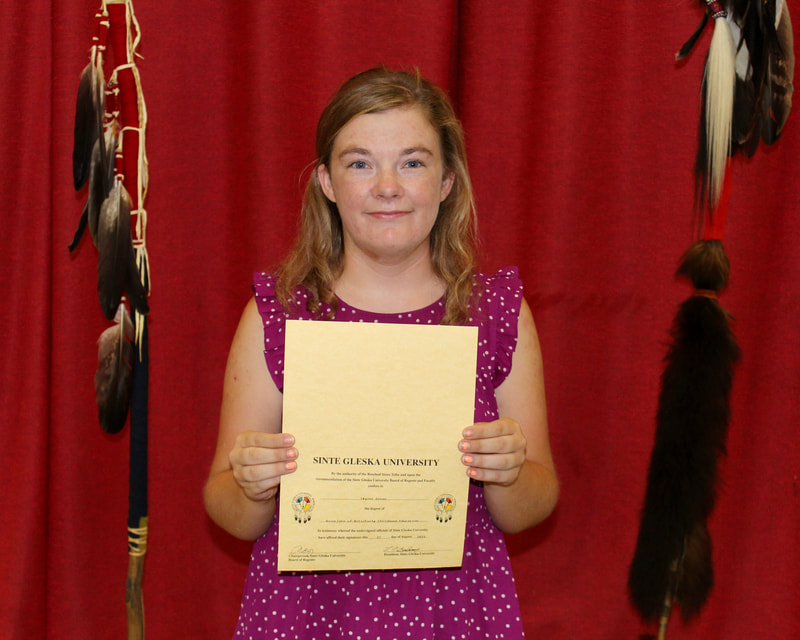
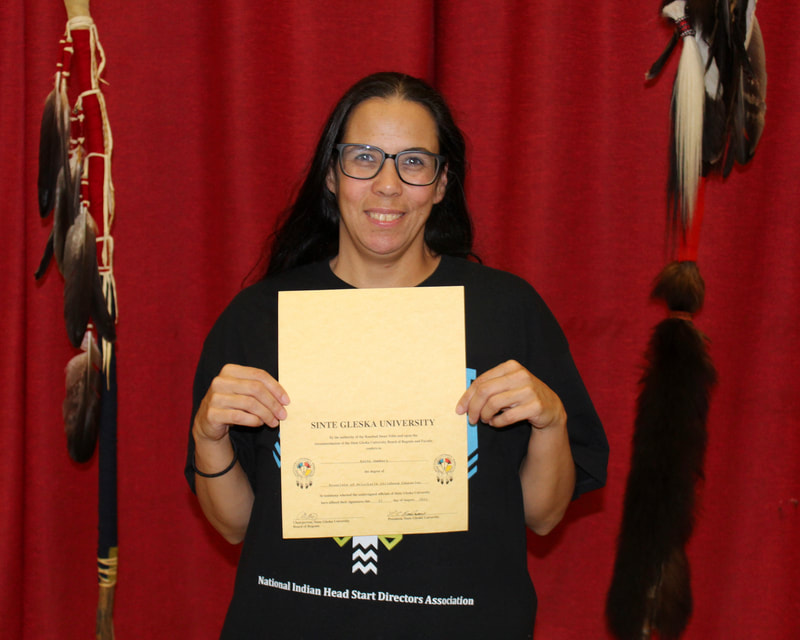
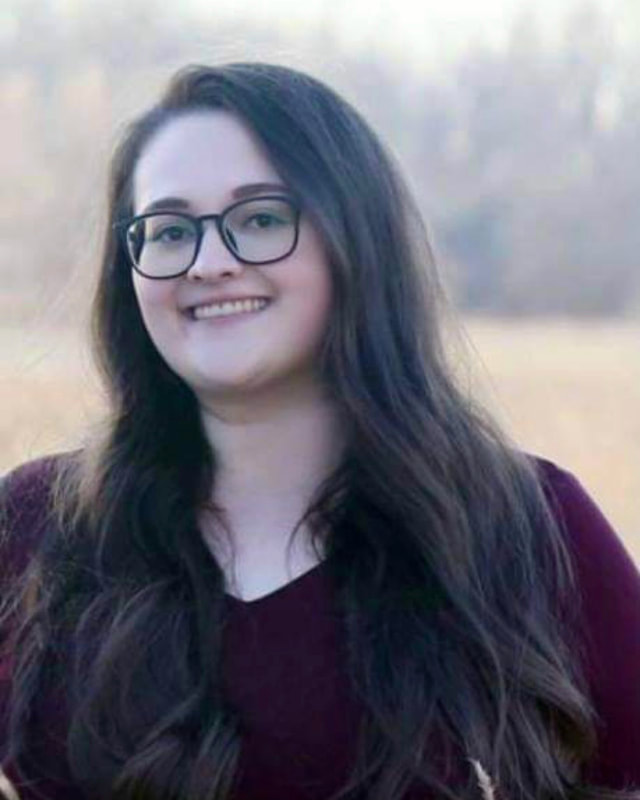
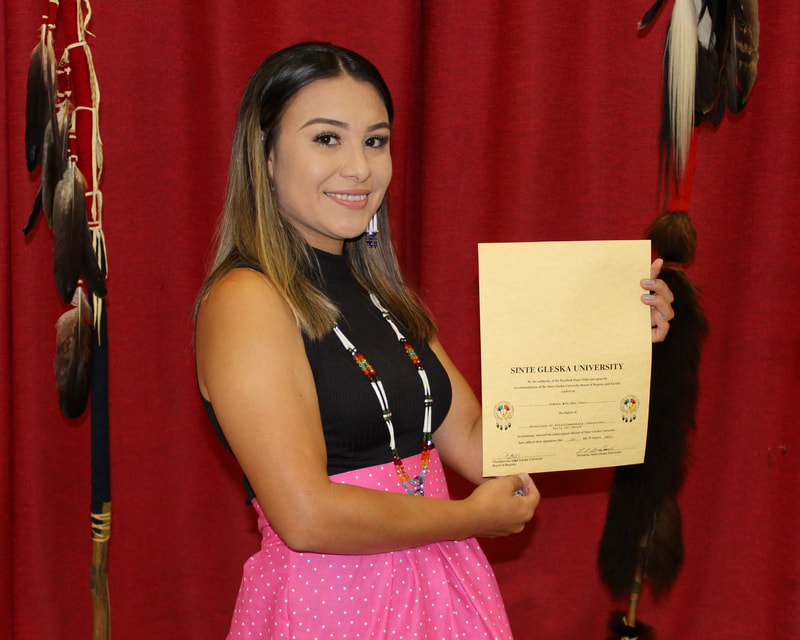
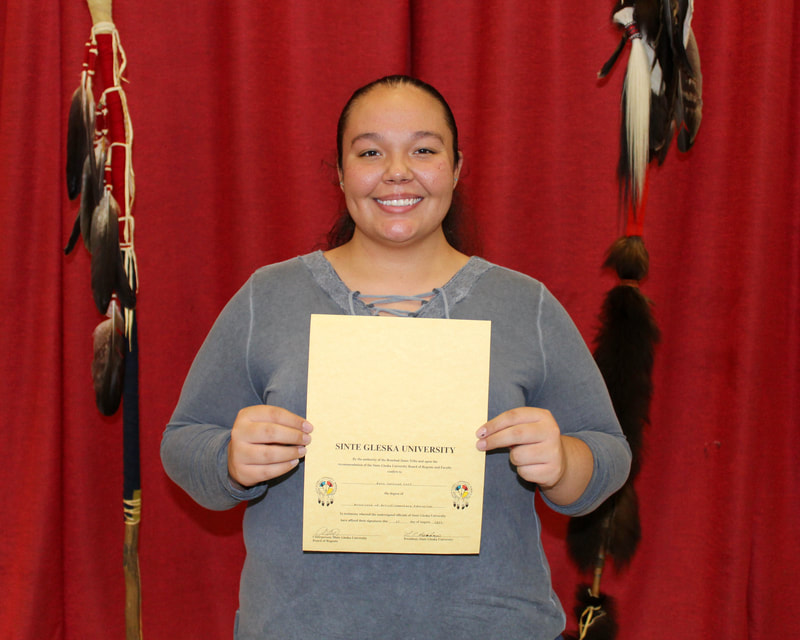
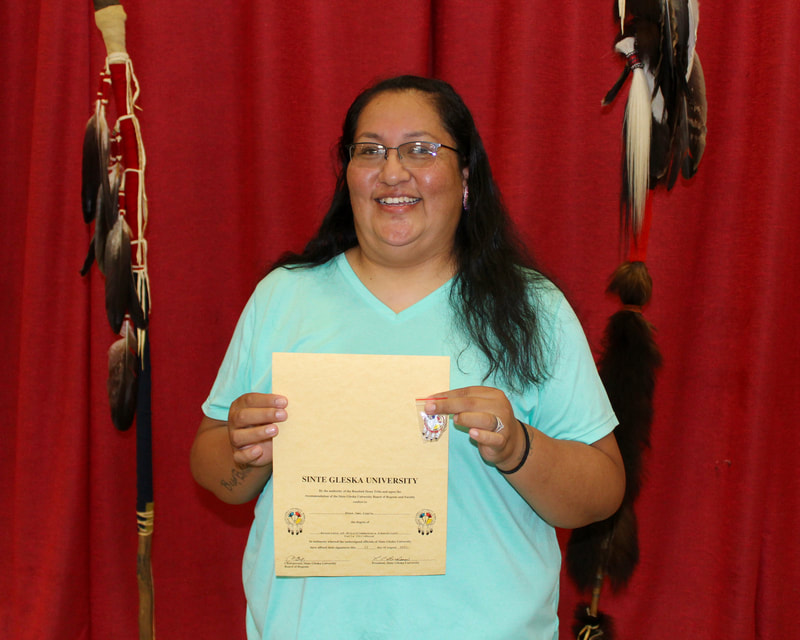
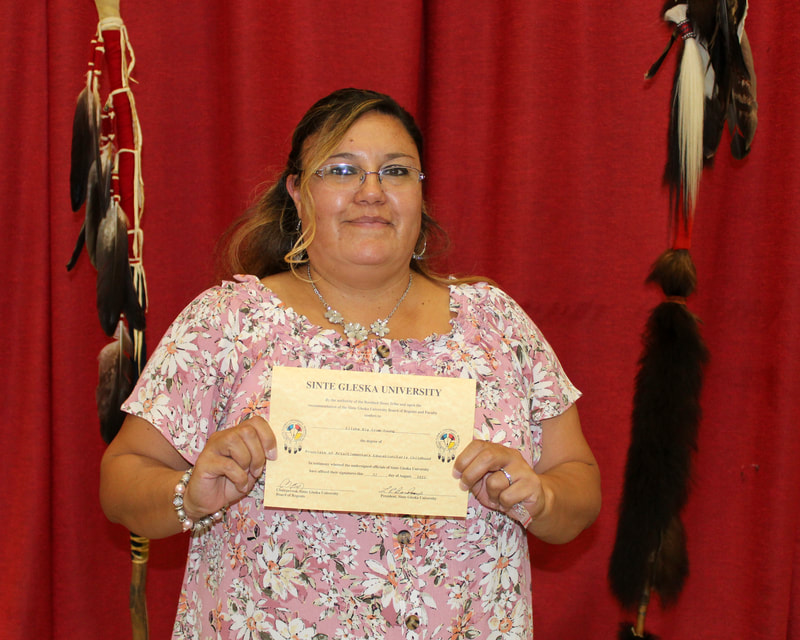
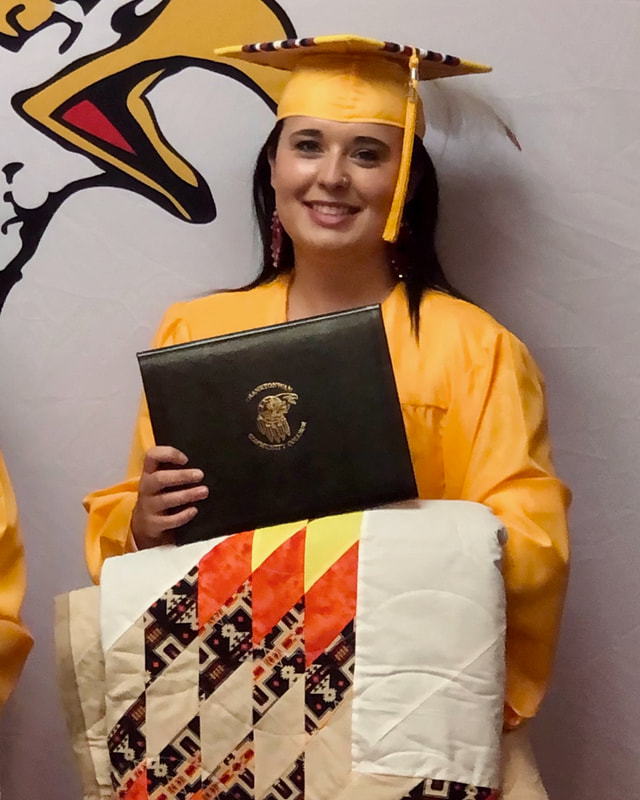
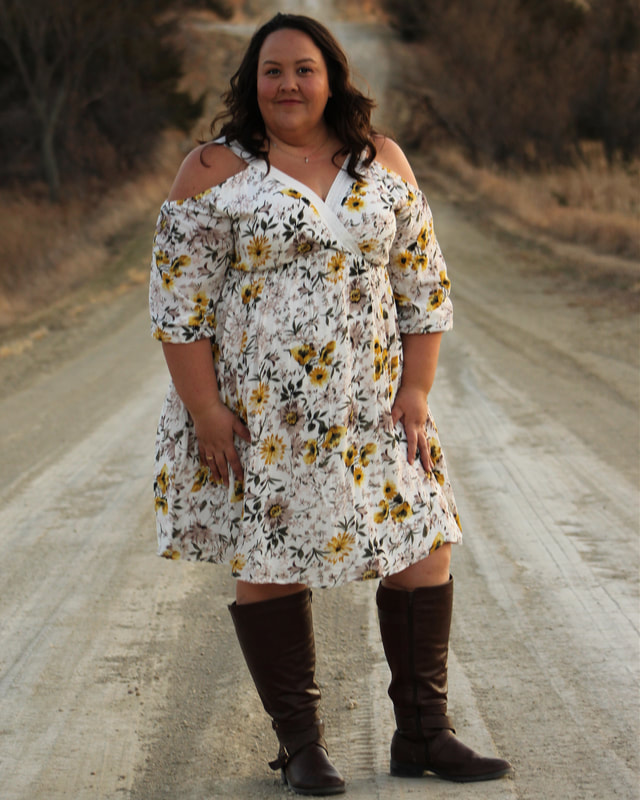
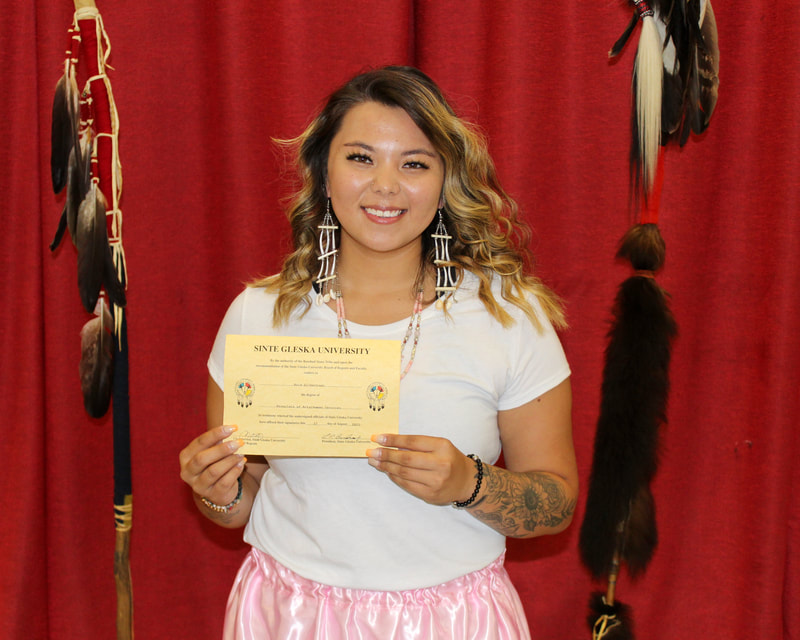
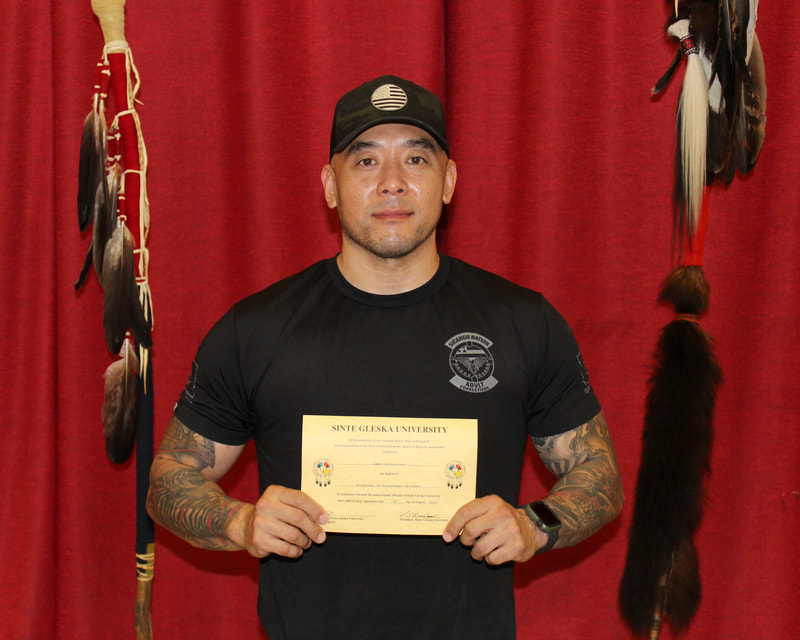
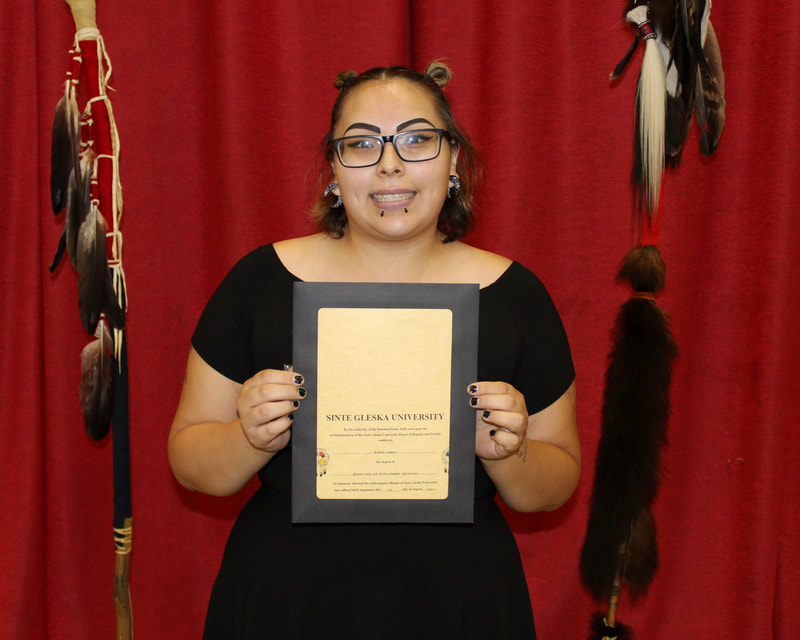
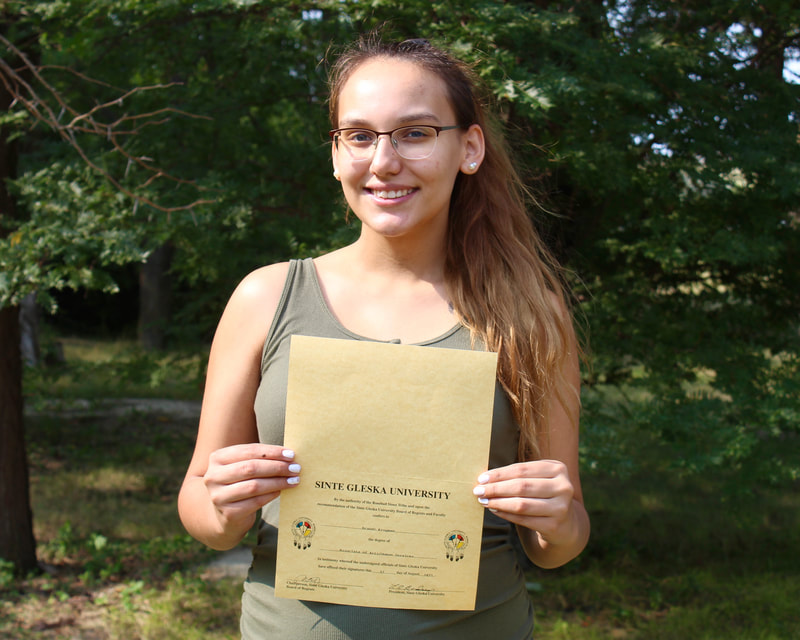
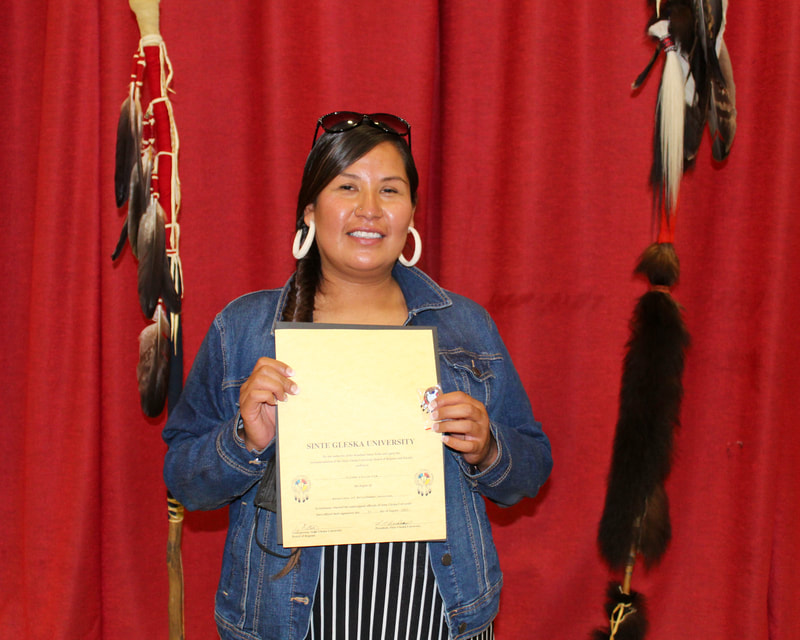
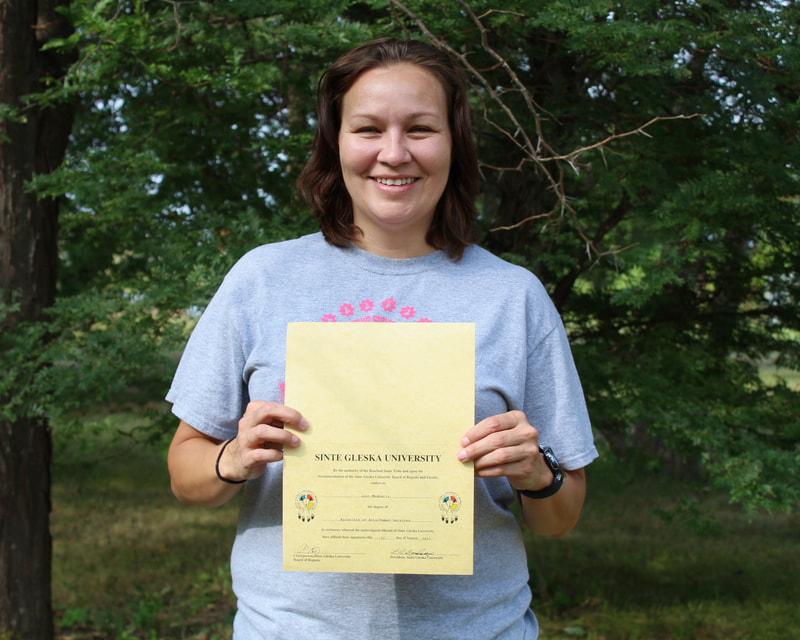
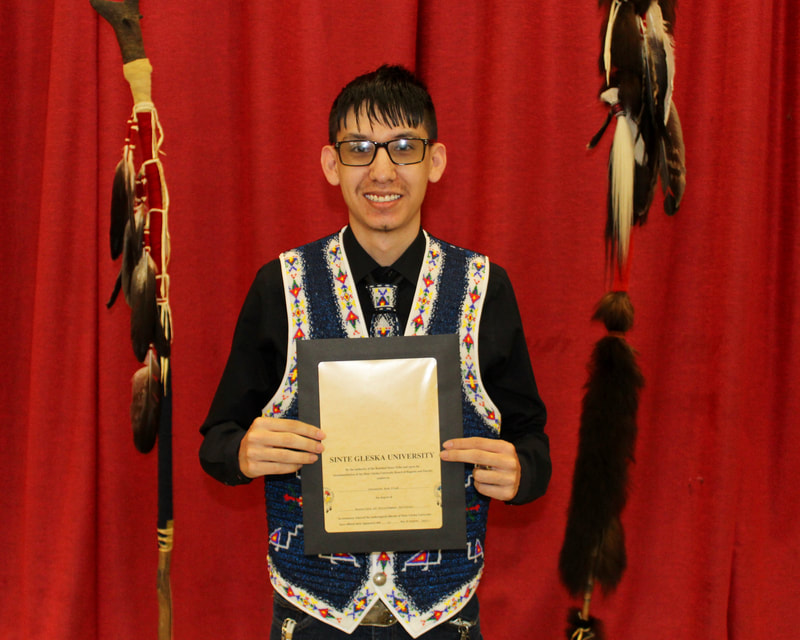
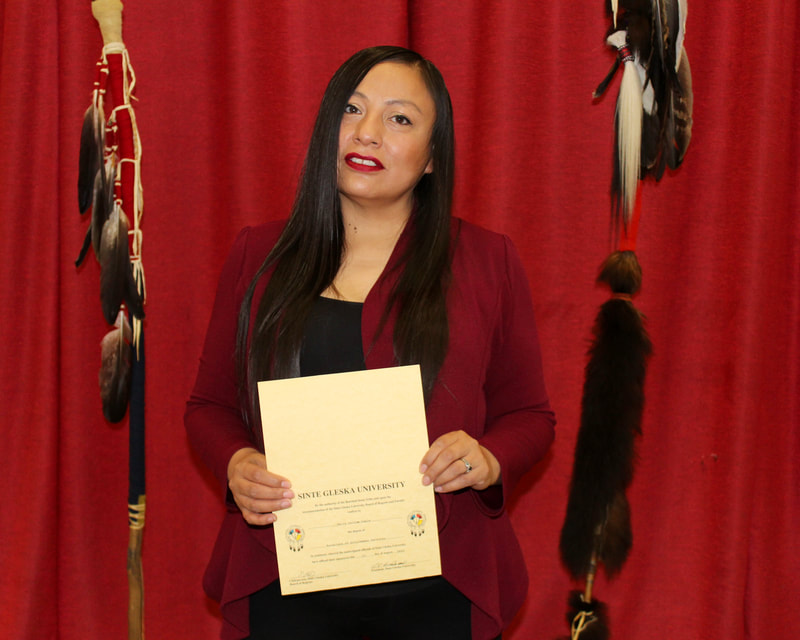
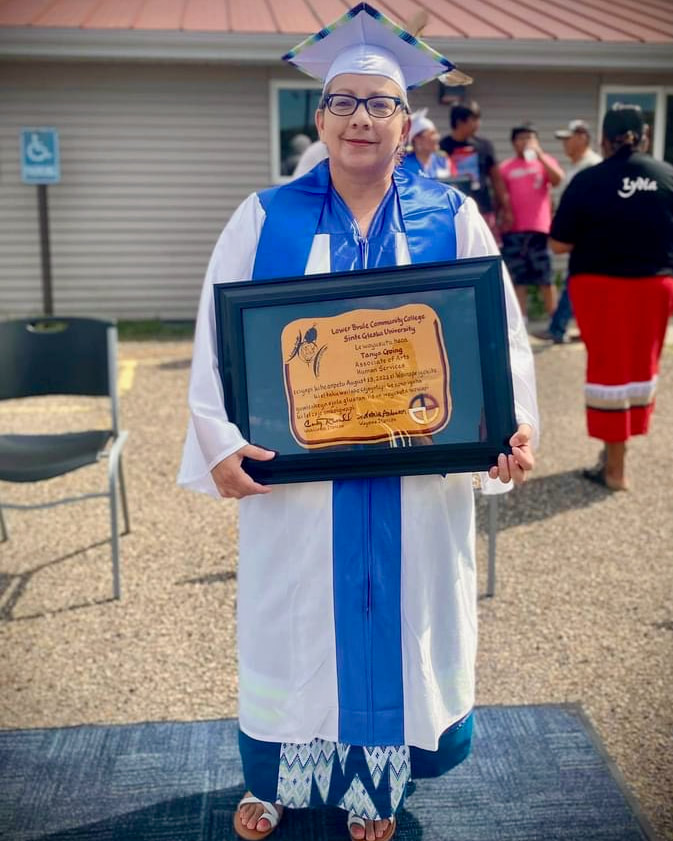
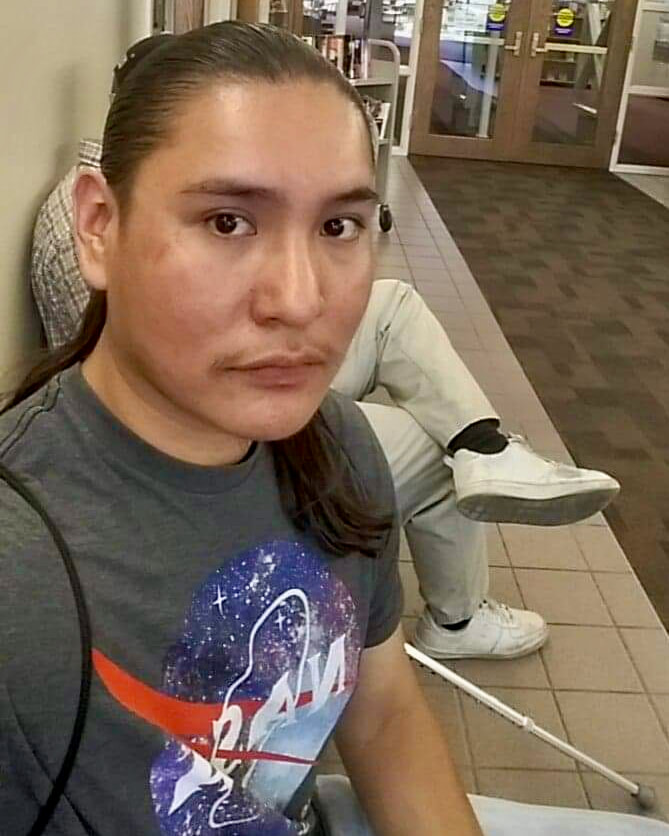
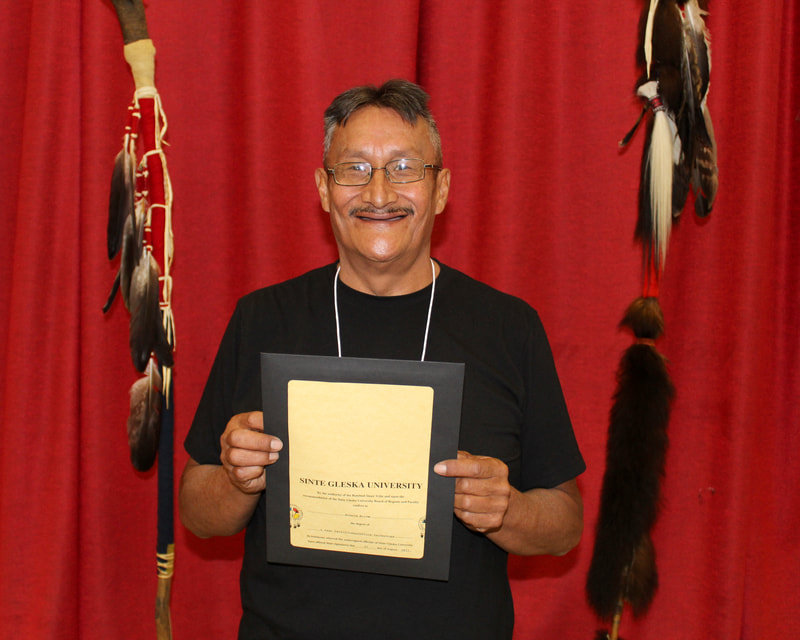
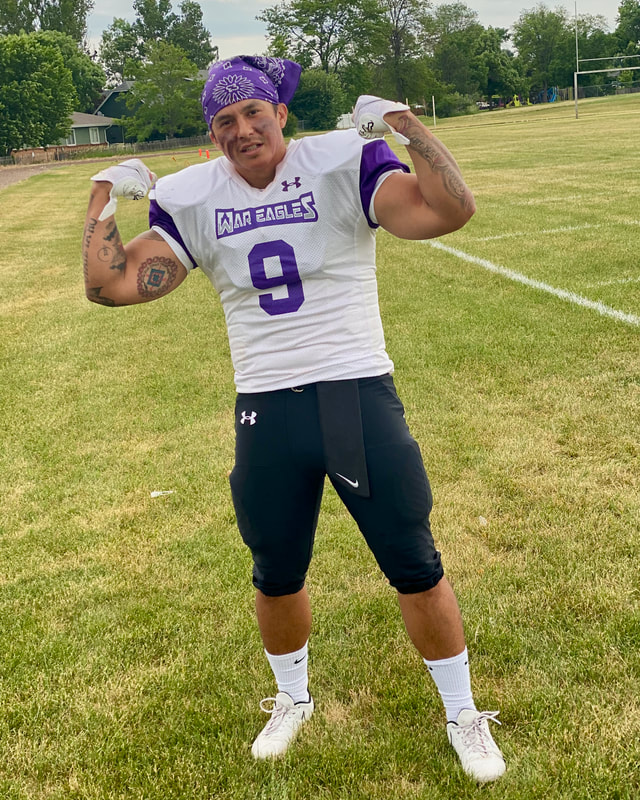
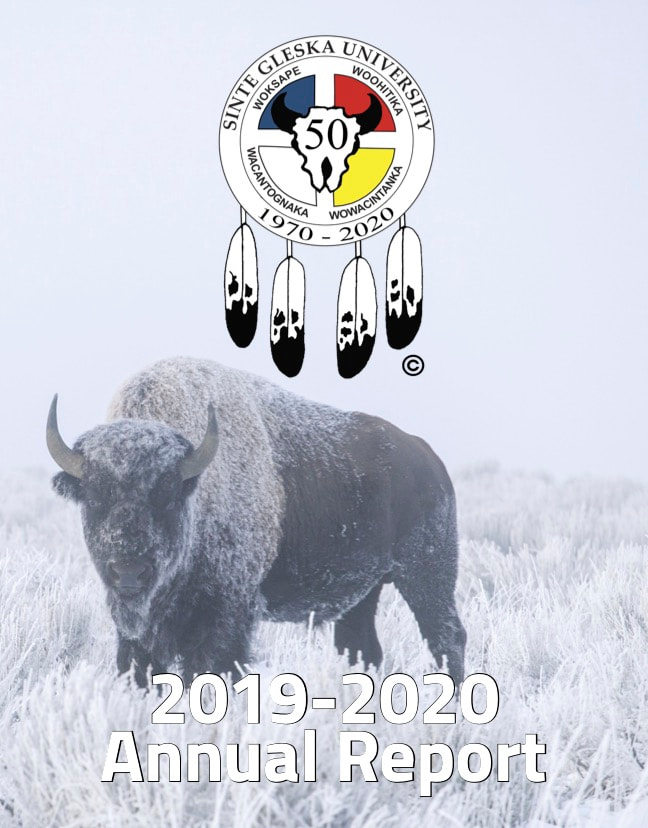
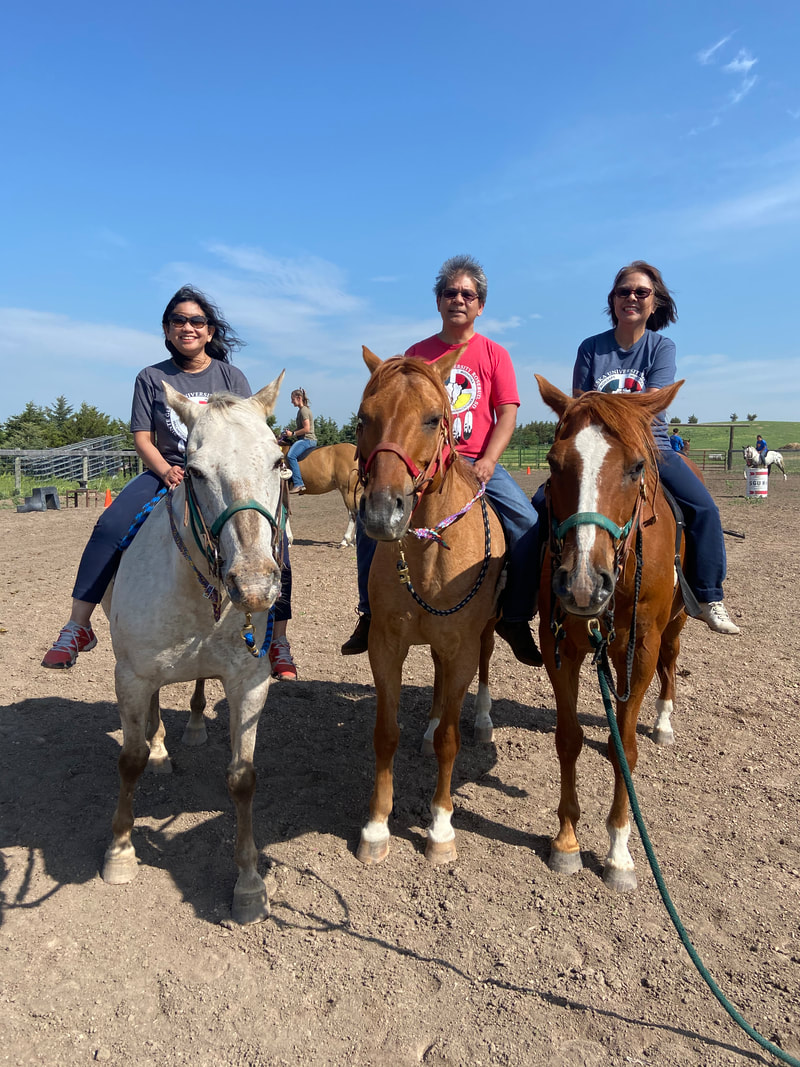
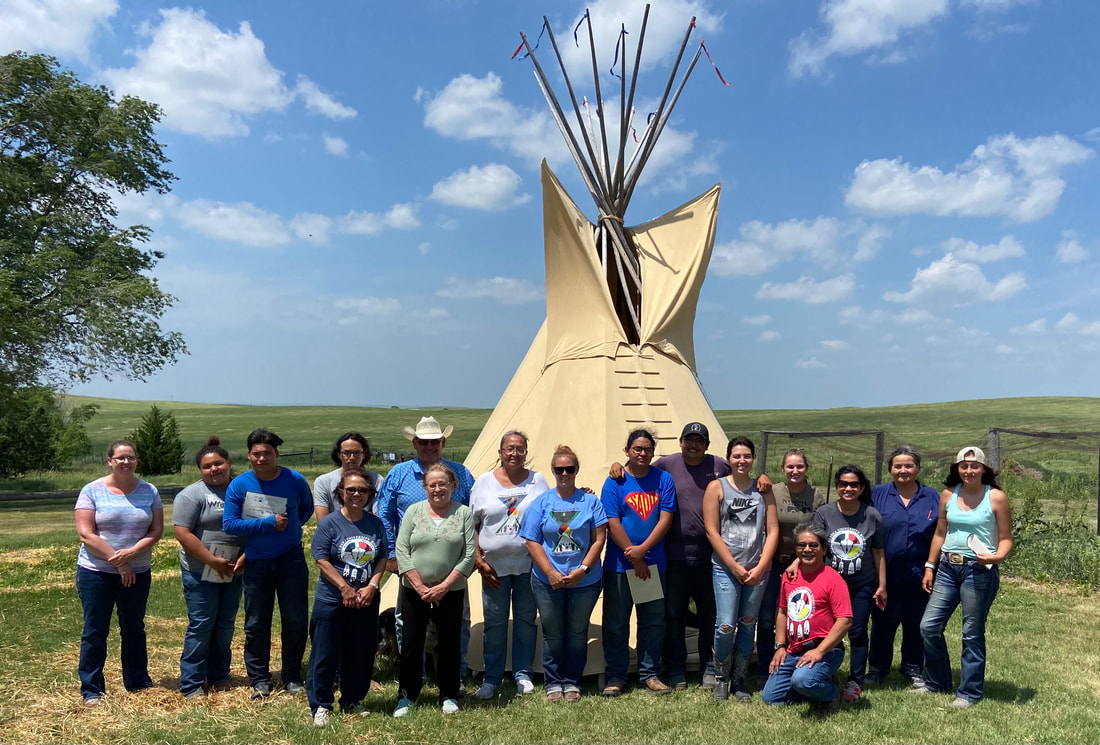
 RSS Feed
RSS Feed
